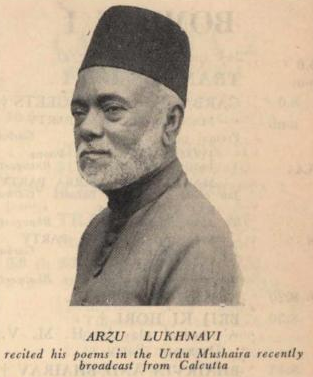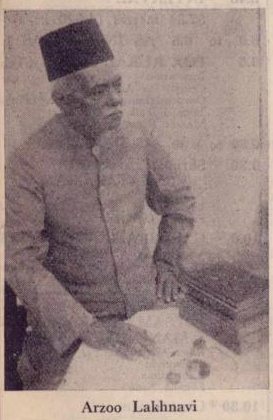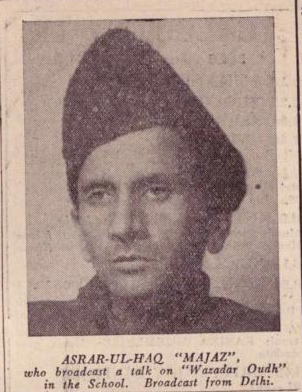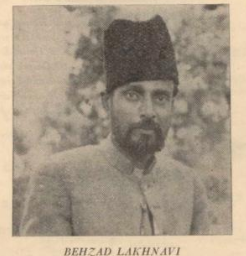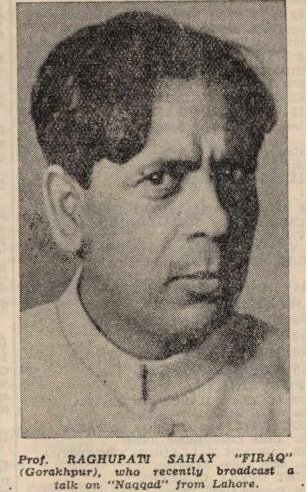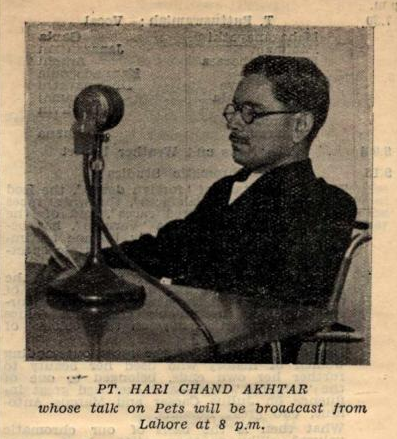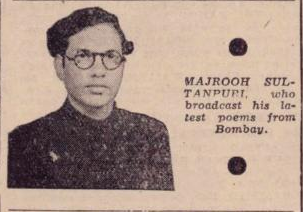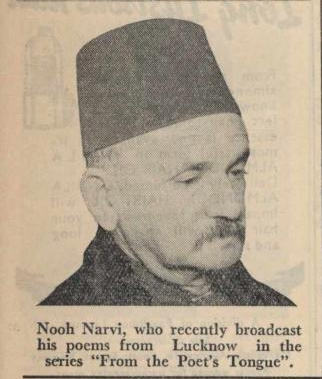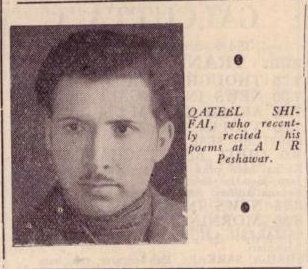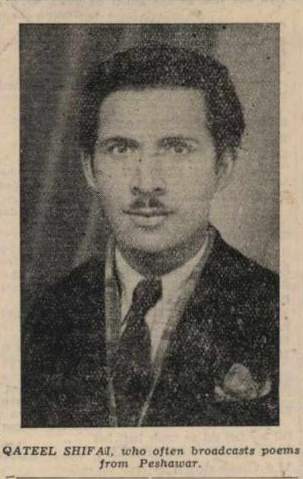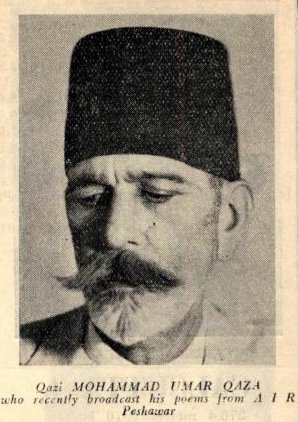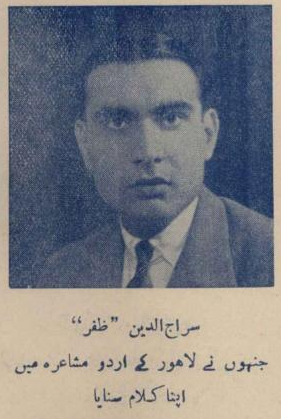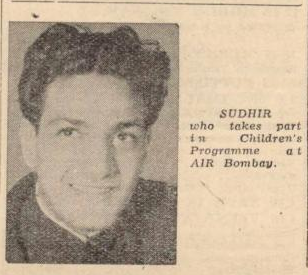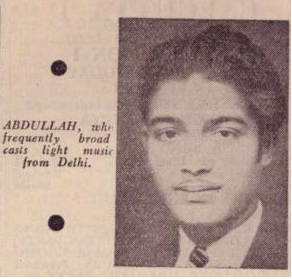
Over the last couple of months I've been collecting photos in a digital scrapbook.The photos are from a number of recently digitized pre-partition magazines and radio program guides, and they feature some of the greatest cultural luminaries of the 20th century. 1/n
Most of these photos have not been republished since, and offer an invaluable window into the culture of the Indo-Pak subcontinent in the decades preceding partition. Out of literally thousands of photos I've collected, I've selected some of my favorites in this mega-thread. 2/n
I'll add a brief description plus a link to a sampling of their work with each photo. Considering the photos I've selected number in the hundreds, this will be a long thread that I'll keep adding to over the next couple of days. So, without further ado, here we go! 3/n
I'll begin with some of the writers, critics, playwrights and public intellectuals who broadcast on the Radio in the 1930s and '40s. As with the remainder of the thread, the names are in alphabetical order, with the year of publication of the photo mentioned against each. 4/n
1. Prof Syed Ahmad Shah "Patras" Bokhari, 1938 Broadcaster, writer, poet, playwright, educator and diplomat. One of the true renaissance men of the 20th Century.

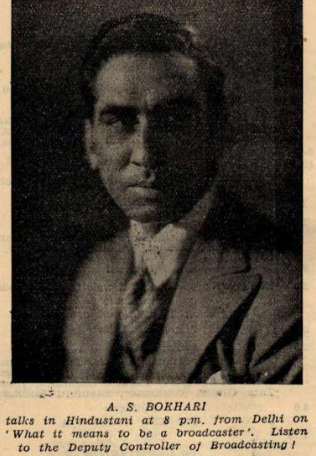
2. Maulana Abdul Majid Salik, 1939, 1941. Firebrand journalist, essayist, biographer, raconteur and poet. Editor of Zamindar, founder of Inqilab.


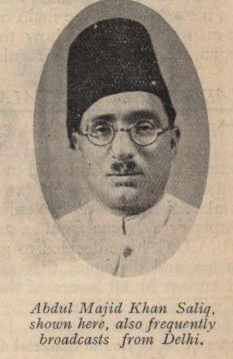
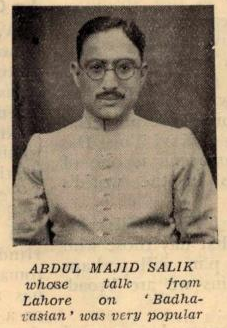
3. Agha Babar Batalvi and Ashiq Hussain Batalvi. 1941. Two of the famous three Batalvi brothers (Ejaz Hussain Batalvi was the 3rd). Writers of high calibre, occasional poets and part of the 'Niazmandaan e Lahore' in the 1940s and 1950s.
dawn.com/news/1114232

dawn.com/news/1114232


4. Agha Hashr Kashmiri Photo posthumously published in 1938, . Poet, librettist, playwright, "The Shakespeare of the East" who almost single-handedly founded the subcontinental popular theater of the 20th century.

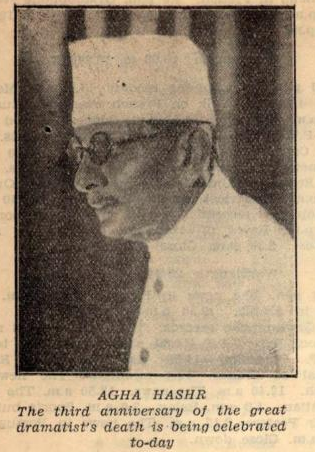
5. Prof Ale Ahmad Suroor 1936, 1947. One of the foremost Urdu literary critics of the 20th century, winner of the Sahitya Akademi Award and an authority on the life and work of Iqbal.


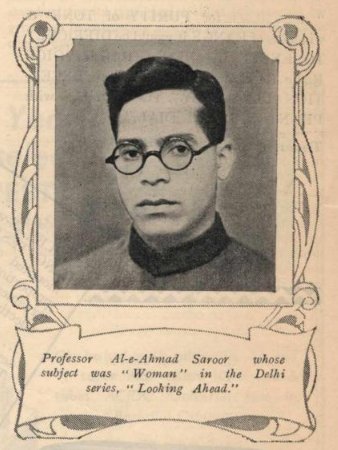
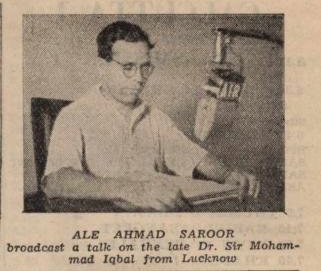
6. Amrita Sher-Gill, 1940. Legendary painter who achieved international renown before her death at a very young age.

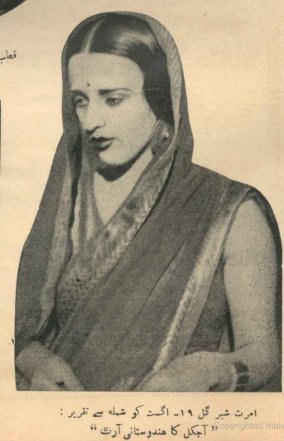
7. Ashraf Subuhi Dehlvi 1943. Writer of humorous sketches, biographical vignettes and plays, founder and editor of the literary magazine 'Armaghan'.
dawn.com/news/412865/sk…
dawn.com/news/412865/sk…
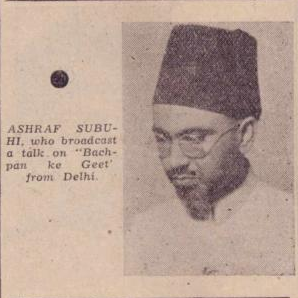
8. Maulana Chiragh Hasan Hasrat, 1941. Proselytizing journalist who wrote under the pen-name 'Sindbaad Jahazi". Worked on Zemindar and later founded his own paper 'Sheeraza'. Poet and essayist, wrote the famous Urdu 'mahiya' "Baaghon Main Parray Jhoolay"

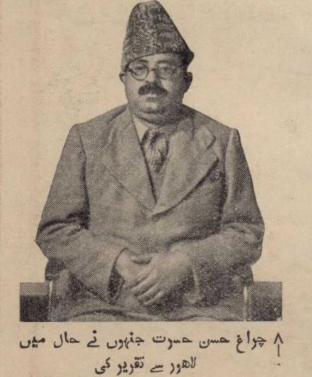
9. Prof Eric Cyprian, 1946. Legendary educator who taught generations of students at Government College Lahore, leading light of the leftist / progressive movement in Pakistan, and tireless campaigner for the promotion of Punjabi. 
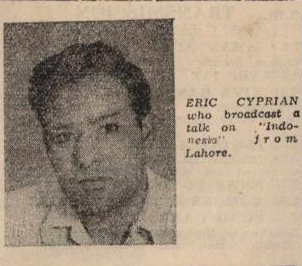
10. Haji Laq Laq, 1940. Pen-name of Ata Muhammad, a pre-eminent Urdu humorist of the mid-20th century who slipped into obscurity after his death in 1961.


11. Hijab Imtiaz Ali, 1937. Novelist, short story writer, essayist and as the photo suggests, the first licensed woman pilot in the Muslim world.


13. Kanhaiya Lal Kapoor, 1943. Urdu parodist and satirist of rapier-sharp wit.
rekhta.org/Tanz-o-Mazah/t…
rekhta.org/Tanz-o-Mazah/t…
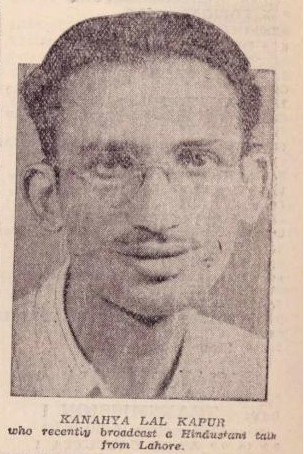
14. Khushwant Singh, 1947. Born in Hadali, educated at Government College Lahore, author of Train To Pakistan and acclaimed as the Grand Old Man of Indian letters. 



15. Khwaja Hasan Nizami, 1941. Sufi, essayist, prolific author of hundreds of books and pamphlets on every topic under the sun. Wrote 'Begmaat ke Ansoo', the seminal account of the ravages of the 1857 War of Independence.

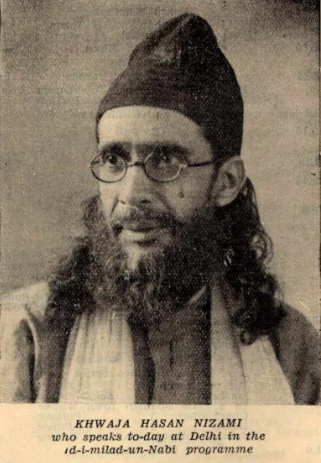
16. Maulana Ghulam Murshid, 1943. Imam of Badshahi Mosque, Lahore, founding member of Jamiat e Ulama-e-Hind. Led the namaz-e-janaza of Allama Iqbal (RA) in 1938. 

17. Maulana Salahuddin Ahmed, 1944. Editor of 'Adabi Dunya', founder of 'Urdu Bolo Tehreek' and stalwart supporter of Baba e Urdu Naulvi Abdul Haq. 

18. Maulana Zafar Ali Khan, 1942. 'Baba-e-Sahaafat', outstanding journalist and legendary editor of the daily 'Zamindar', prolific poet and leading figure of the independence movement.

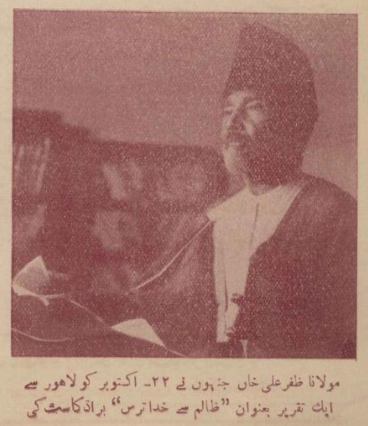
19. Baba-e-Urdu Maulvi Abdul Haq, 1939. Tireless campaigner for the promotion and adoption of Urdu, loyal supporter of Sir Syed Ahmad Khan, founder of Anjuman-e-Taraqqi-e-Urdu.


20. Mirza Faheem Beg Chughtai, 1936. Elder brother of Mirza Azim Beg and Ismat Chughtai, writer and broadcaster of stories for children and young adults.
rekhta.org/ebooks/mohamma…
rekhta.org/ebooks/mohamma…
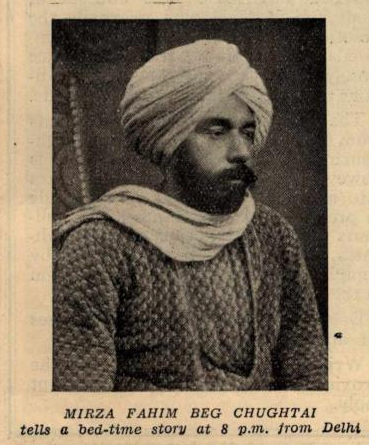
21. Mirza Farhatullah Beg, 1938. Outstanding Urdu humorist and raconteur, student of Deputy Nazeer Ahmed and author of ‘Nazeer Ahmed Ki Kahani, Kuchh Meri Kuchh Un Ki Zabani’, as well as the masterpiece "Urdu Ka Aakhri Mushaira".


22. Mirza Muhammad Askari, 1938. Critic, historian, translator of Ram Babu Saxena's seminal history of Urdu Literature into Urdu as "Tareekh e Adab e Urdu" in 1929.
rekhta.org/ebook-detail/t…
rekhta.org/ebook-detail/t…

23. Muhammad Hasan Askari, 1944. One of the last century's greatest literary critics, a short story writer and linguist.


24. Mulla Wahidi (Syed Muhamamd Irtiza), 1942. A glittering light of the pre-partition cultural milieu of Delhi, founding editor of Nizam-ul-Mashaikh and an authority on Dehlvi culture and history.

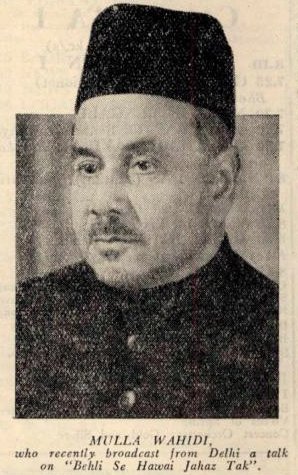
25. Mumtaz Mufti, 1946. Author of Alipur Ka Aili, Alakh Nagri, Labbaik and Talash, one of the leading lights of 20th century Pakistani literature.
rekhta.org/ebook-detail/c…
rekhta.org/ebook-detail/c…

26. Qurratulain Hyder, 1946. Novelist of epic scope and outstanding literary merit. Her novel 'Aag Ka Darya' is acclaimed as a masterpiece of world literature

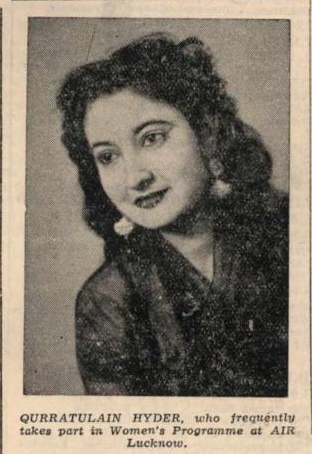
27. Prof. Rafat Hussain Siddiqi , 1936. Biochemist and author of the seminal monograph "Indigenous Drugs: Their Control and Development"(1952) and co-author with Prof Salimuzzaman Siddiqui of "Chemical examination of the roots of Rauwolfia serpentina" (1931). 

28. Prof Ahmad Ali, 1940. Co-founder of the Progressive Writers Movement, contributor to the incendiary anthology 'Angaray' , author of the wonderful novel 'Twilight in Delhi', Pakistan's first ambassador to China and translator of the Quran.
criterion-quarterly.com/fossil-prof-ah…
criterion-quarterly.com/fossil-prof-ah…
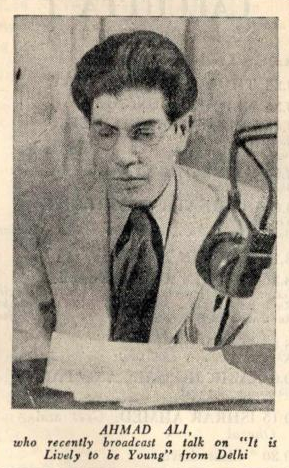
29. Prof Rasheed Ahmad Siddiqui, 1940, 1941. Outstanding humorist, essayist, short story writer and one of Sir Syed Ahmad Khan's staunchest disciples.


30. Dr Rasheed Jahan Mahmud uz Zafar, 1940. Contributor to the controversial anthology 'Angaray' (1931) which lit a powder keg under the traditional Urdu literary scene and gave birth to the Progressive Writers Asociation.
dareechah.com/%DB%81%D9%85_%…
dareechah.com/%DB%81%D9%85_%…
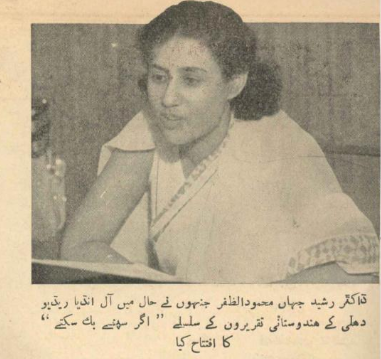
32. Shahid Ahmad Dehlvi, 1936, 1942. Author, musician, broadcaster and founding editor of the legendary literary magazine 'Saqi'. Seen in the 2nd photo with Syed Viqar Azeem, the outstanding literary historian.


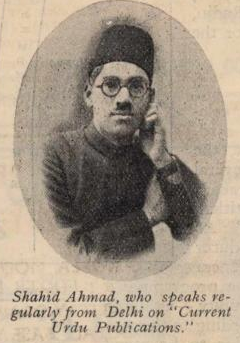
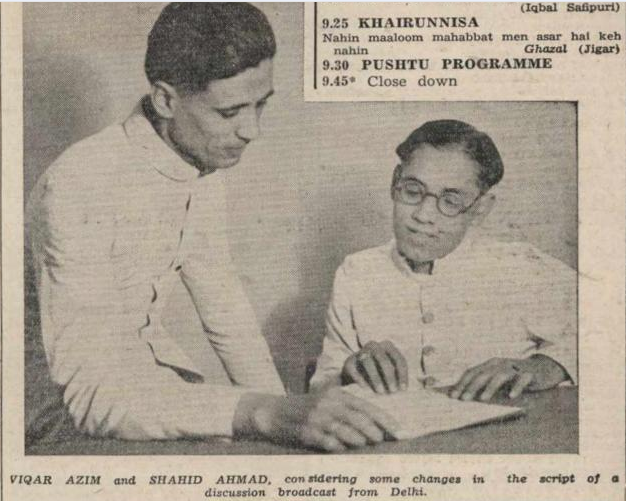
33. Prof Shahid Suhrawardy, 1944. Professor of Art History, diplomat and elder brother of Hussain Shaheed Suhrawardy. 

34. Umrao Singh Sher-Gill Majithia, 1943. Scholar, photographer, father of Amrita Sher-Gill.
architecturaldigest.in/content/umrao-…
architecturaldigest.in/content/umrao-…

The next section of this thread features photos of some of the most outstanding poets of the 20th Century. A few of them are special favorites of mine, as they are probably the only youthful photos I've ever come across of these legendary poets.
6. Faiz Ahmed Faiz, 1938, 1939, 1941, 1944.
I love these early photos of Faiz Sb, as well as the apostrophes around his 'takhallus' and the use of initials as a space-saving measure.
@Ali_Madeeh @AdeelHashmi3 , I wonder if you've seen these before?



I love these early photos of Faiz Sb, as well as the apostrophes around his 'takhallus' and the use of initials as a space-saving measure.
@Ali_Madeeh @AdeelHashmi3 , I wonder if you've seen these before?

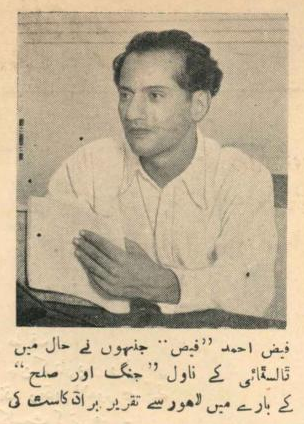
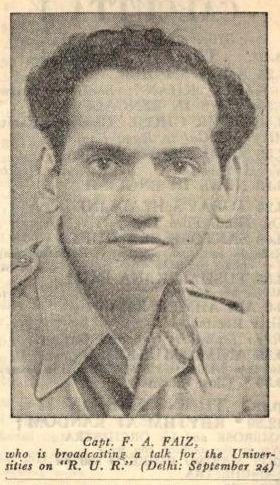

9. Josh Malihabadi 1939 (with Saghar Nizami), 1941, 1943.
Josh Sb was a frequent and popular presence on the radio, as evidenced by his frequent appearance in the radio magazines.



Josh Sb was a frequent and popular presence on the radio, as evidenced by his frequent appearance in the radio magazines.


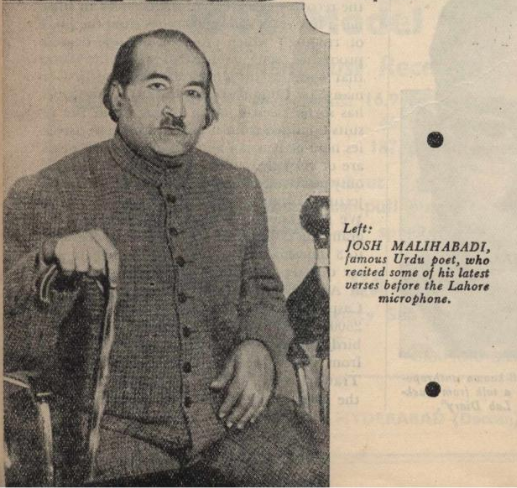
10. MD Taseer 1940.
It's a tad unfair to label Taseer Sb as simply a poet, as he was an educator and scholar of very high calibre.

It's a tad unfair to label Taseer Sb as simply a poet, as he was an educator and scholar of very high calibre.

17. Sufi Ghulam Mustafa Tabassum 1937, 1944.
Like Faiz Sb and MD Taseer, Sufi Sb was more than a poet. He was a permanant fixture of Lahore's culture for more than half a century.


Like Faiz Sb and MD Taseer, Sufi Sb was more than a poet. He was a permanant fixture of Lahore's culture for more than half a century.

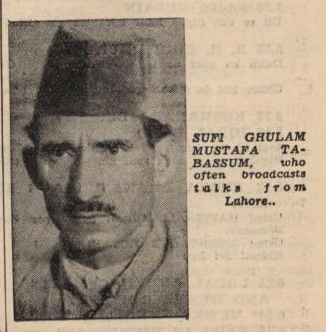
18. Ustad Ishq Lehr and Ustad Hamdam 1942
Two outstanding Punjabi poets from the pre-partition era. Ustad Daman considered both of them his teachers.

Two outstanding Punjabi poets from the pre-partition era. Ustad Daman considered both of them his teachers.
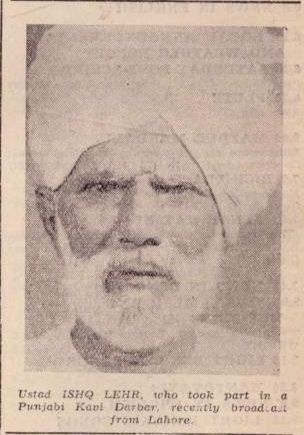
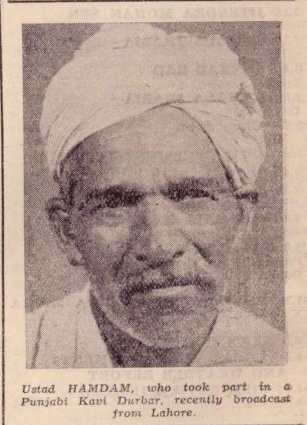
19. As a bookend to photos of poets, here's a group of photos of Mushairas. I can recognize a number of poets including Taseer, Faiz, Seemab, Sufi Tabassum, Josh, Ehsan Danish, Behzad, Hafeez, Chiragh Hasan Hasrat and a few others, but the majority are unknown to me. 



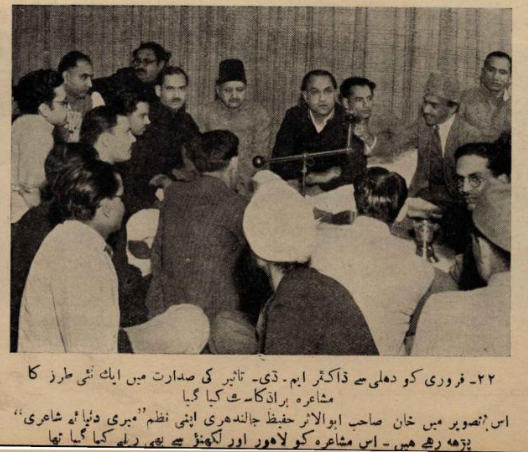

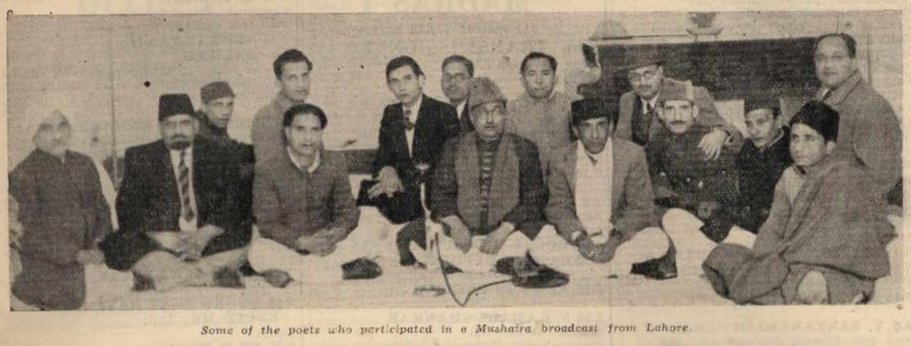

Good morning Twitterverse. Continuing from yesterday, the thread will now feature photos of famous political personalities who aired their broadcasts from the radio in the decades preceding partition.
2. Begum Jahanara Shahnawaz, 1941. Prominent leader of the independence movement, daughter of Sir Muhammad Shafi and delegate to the 2nd Round Table Conference.


3. Begum Mumtaz Shahnawaz, 1942. Diplomat, author, daughter of Begum Jahanara Shahnawaz. Pakistan's first representative designate to the UN, passed away in a plane crash enroute New York in 1948. 

4. Begum Shaista Suhrawardy Ikramullah 1940, 1941. Prominent leader of the independence movement, distinguished diplomat, one of the drafters of the UN's Universal Declaration on Human Rights.




6. Justice Muhammad Rustam Kayani, 1940. Prominent jurist, celebrated orator. Chief Justice of West Pakistan from 1958 to 1962. 
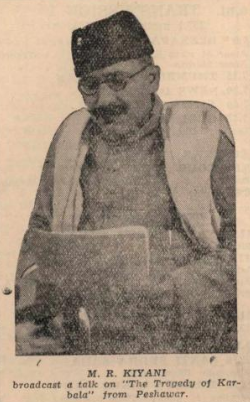
7. Malik Feroze Khan Noon, 1943. 7th Prime Minister of Pakistan, during whose term Gwadar was transferred from the Sultanate of Oman to Pakistan.


8. Muhammad Ali Bogra, 1942. 3rd Prime Minister of Pakistan. Drafted the 'Bogra Formula' that formed the basis of the 1956 Constitution. One of the originators of the 'One Unit' plan that merged the provinces of West Pakistan into a single unit.

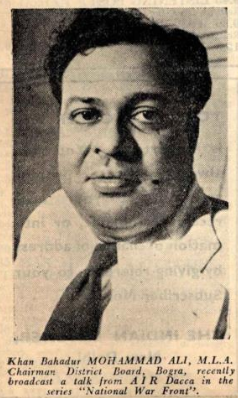
9. The Quaid e Azam, Muhammad Ali Jinnah, 1939. I chose only a single photograph of the Quaid, as most of the others in my scrapbook have already been published elsewhere.


10. Nawabzada Liaquat Ali Khan, 1946. Photographed while serving as Minister of Finance in the Government of India. Later, 1st Prime Minister of Pakistan.

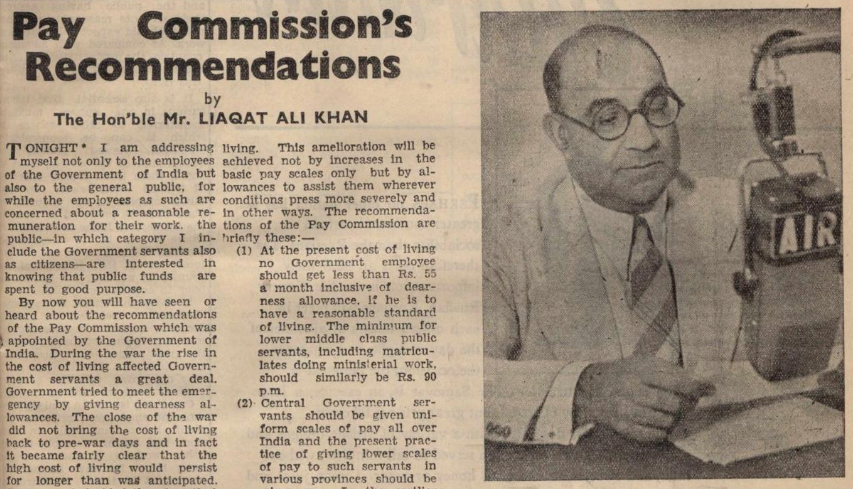
11. Nawabzada Rahat Saeed Khan Chhatari, 1943. Eldest son of Nawab Ahmad Saeed Khan of Chhatari, served as a senator in Pakistan. I love the fact that the photo suggests that Nawabzada Sb reviewed books while in military uniform. 

12. Raja Sahib Muhammad Amir Ahmad Khan of Mahmudabad, 1943. One of the chief supporters of the Pakistan movement, close confidant of the Quaid e Azam, accomplished poet and marsiya-nigar. 
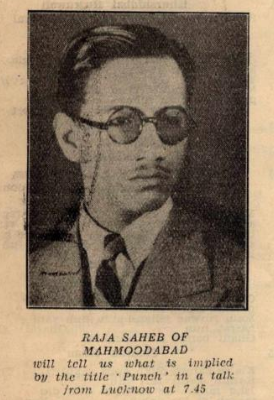
13. Sardar Abdur Rab Nishtar, 1942. Prominent politician, leader of the independence movement, later served as Governor of Punjab. Elegant poet who wrote several beautiful ghazals and na'ats.

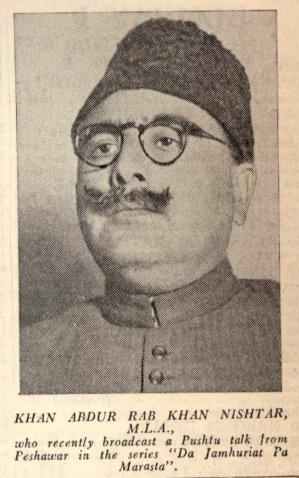
14. Sardar Aurangzeb Khan, 1944. Prominent supporter of the Muslim League in the Congress dominated NWFP. Served as Chief Minister from 1943-45. Served as Pakistan's ambassador to Burma after independence. 
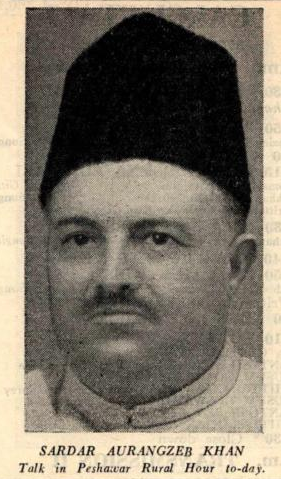
15. Syed Hosain imam, 1944. Prominent Muslim League politician from Bihar. Wrote "Pakistan and Muslim League: A Biographical Narrative", an invaluable personal account of the years preceding independence. 
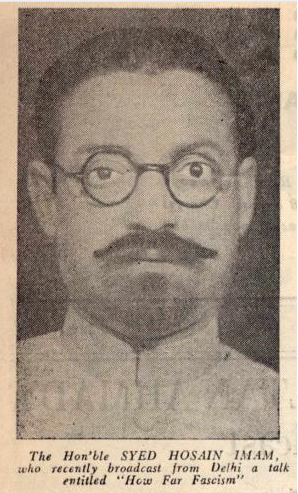
16. Syed Miran Mohammad Shah, 1944. Prominent Sindhi politician, served as speaker of the Sindh Asembly before and after partition. Founder of the 'Sindh Adabi Board', Pakistan's first ambassador to Spain. 
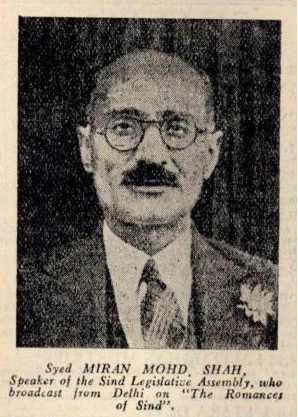
17. Sir Zafarullah Khan 1937,1941. The finest diplomat in Pakistan's history. Represented undivided India at the League of Nations. Pakistan's first foreign minister, President of the UN General Assembly and later the International Court of Justice.




That wraps up the section dealing with the politicians, diplomats and jurists who broadcast from the radio in the 1930s and '40s. Next, a few prominent radio broadcasters who blazed the trail for the development of mass media in the subcontinent.
1. Prof Ahmad Shah Patras Bokhari, 1947. Prof Bokhari can headline almost every section of this thread, so extensive was the range of his accomplishments. Pictured on his retirement after serving as the Director General of All India Radio for 7 years.


2. Arshe Munir 1942. Veteran of All India Radio, Radio Pakistan and Pakistan Television. An institution who broadcast for more than four decades.


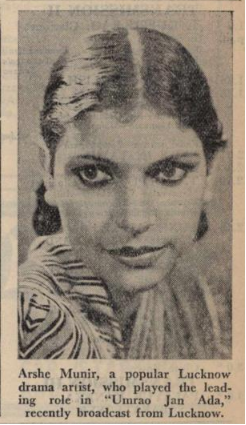
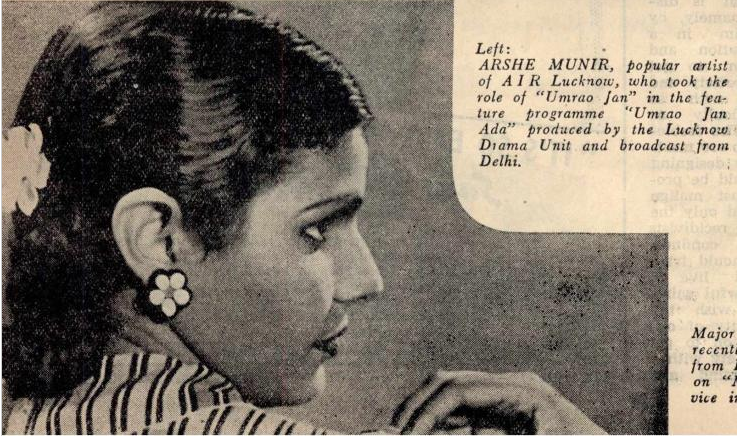
3. Christabel Taseer 1937, 1938. Married to Dr MD Taseer, sister of Alys Faiz, mother of Governor Salman Taseer, matriarch of the Taseer clan. Frequent broadcaster on All India radio on a variety of topics.
@AatishTaseer @AamnaTaseer

@AatishTaseer @AamnaTaseer
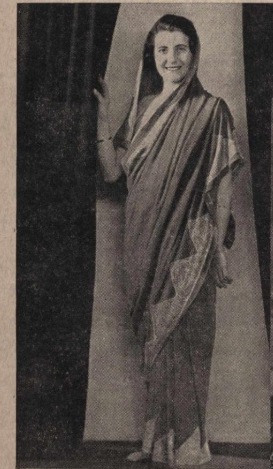
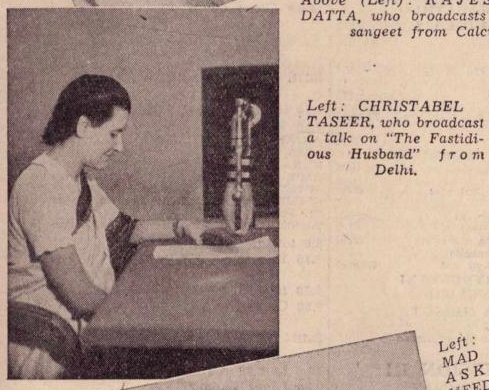
4. Pandit Jivan Lal Muttoo 1940, 1941. Program director and musicologist at All India Radio Lahore. Prominent cultural personality of Lahore, shagird of Ustad Abdul Wahid Khan of Karana gharana. The man who discovered Muhammad Rafi and introduced him on All India Radio Lahore. 


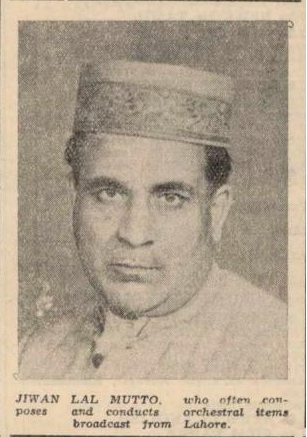
5. Mohin Hameed (Mohini Das) 1940. Prominent voice artist at All India Radio Lahore, later Radio Pakistan's first woman announcer. Her daughter Kanwal Hameed (Kanwal Naseer) became the first woman announcer at Pakistan television.


6. Mustafa Ali Hamadani, 1945. Announcer at All India Radio Lahore. Had the distinction of being the first voice on the nascent Pakistan Broadcasting Service at the stroke of midnight,14th August 1947, when he announced the independence of Pakistan.

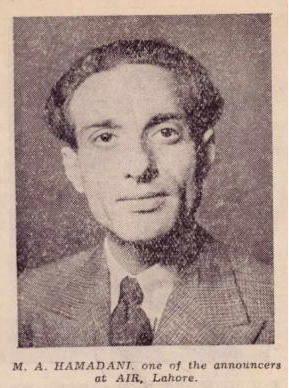
7. Rafi Peer 1938, 1939, 1942, 1945. Voice artist and playwright at All India Radio Lahore, star of the Cannes Film Festival Grand Prix winning Neecha Nagar, patriarch of the Peerzada clan. Seen with Mohini Hameed, Imtiaz Ali Taj and others
@SaminaSays @RafiPeer @ImraanPeerzada



@SaminaSays @RafiPeer @ImraanPeerzada
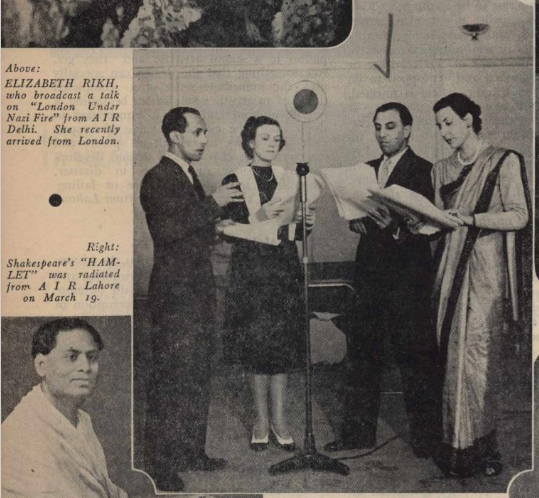


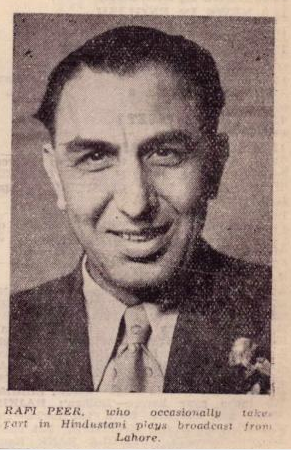
8. Zulfiqar Ali Bokhari 1937, 1941, 1944. Father of broadcasting in Pakistan.Poet, author, polymath, 'almost' creator of the Pakistani national anthem.Seen during his tenure as Station Director A.I.R Delhi and Organizer, Indian Programme at the BBC





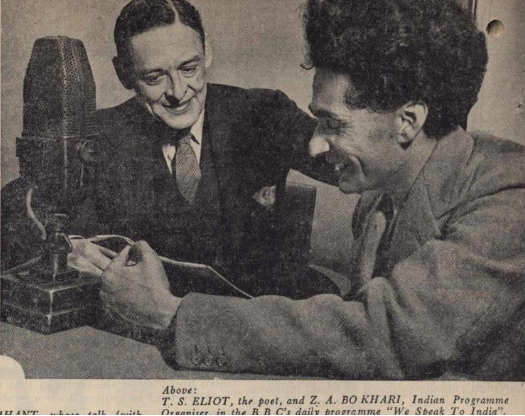
Up next, luminaries of the Pakistani and Indian film industries who started or spent a significant part of their careers at All India Radio in the decades preceding partition.
1. Anil Biswas, 1937. Legendary composer responsible for some of the finest composition to emerge from the Calcutta and Bombay film industries.

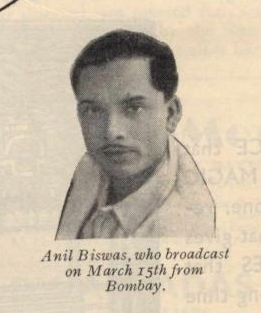
2. Balraj Sahni 1938. Pindi-waal, favorite student of Prof AS Bokhari, member of IPTA and one of India's finest actors. Wrote the beautiful and deeply moving 'Mera Pakistani Safarnama'.
@BhopalHouse
@BhopalHouse

3. Begum Khurshid Mirza (Renuka Devi) 1943. Star of the screen in pre-partition Bombay, outstanding character actress in the first 3 decades of Pakistan Television, author of the remarkable autobiography "A Woman Of Substance".

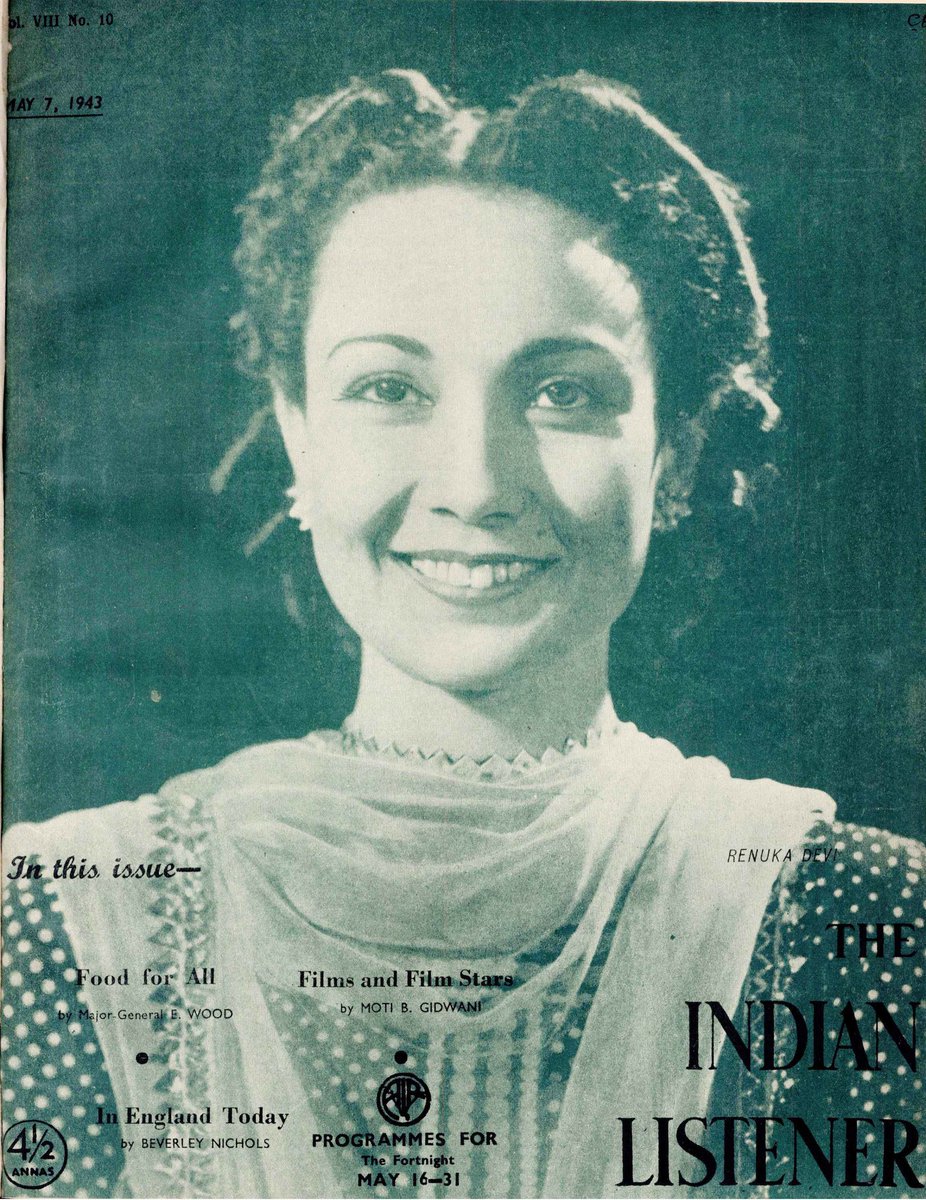
4. Feroze Nizami, 1940. Shagird of Ustad Abdul Wahid Khan, outstanding music director and Principal of the National Arts Council Music Academy. Responsible for some of the subcontinent's finest melodies.

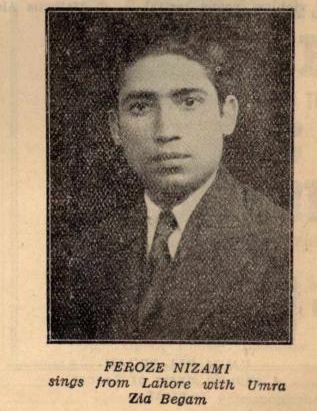
5. G M Durrani 1940. Prominent playback and radio singing star of the 1940s, one of Muhammad Rafi's boyhood idols. Presented a fresher, more youthful singing style compared to Saigal, Punkaj Mallick and other contemporaries.


6. Hemant Mukherjee (Hemant Kumar) 1941. Outstanding composer, singer of Hindi and Bangla songs, masterful renderer of Rabindrasangeet.


7. Kamini Kaushal (Uma Kashyap) 1942. Kinnaird College alum, one of post-independence India's first movie stars, leading lady of the Cannes Grand Prix winning Neecha Nagar. Her ongoing career spans seven decades.

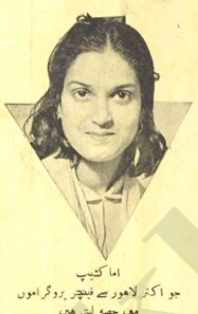
8. Khwaja Ahmed Abbas 1941. Screenwriter, Director, Critic, Film-journalist, agitator and intellectual. Gave Amitabh Bacchan his big-screen debut.


10. Madan Mohan 1946. Began his career as assistant to Master Ghulam Haider, achieved fame as one of Bollywood's greatest music directors.


11. Master Ghulam Haider 1944. Arguably the most influential music director in the history of subcontinental cinema. Trained Naushad and Madan Mohan, introduced Lata, Shamshad Begum, Surinder Kaur, made Noor Jahan a singing star.



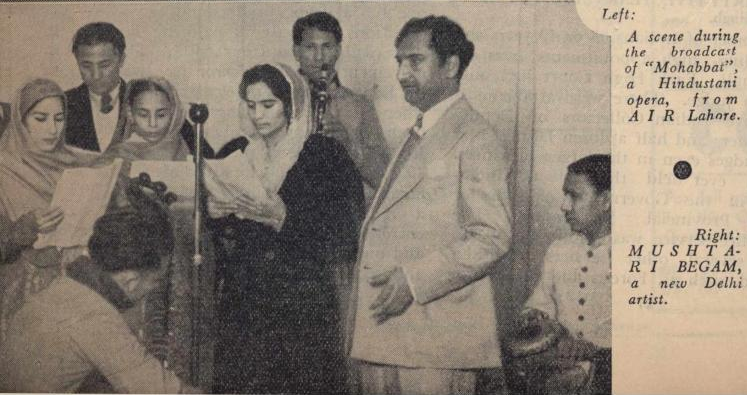
12. Nalini Jaywant 1943. One of the leading actresses of the 1950s, exquisitely beautiful and deeply sensitive in her portrayals.


13. Noor Muhammad Charlie, 1945. Actor, singer, producer and pre-partition India's leading film comedian.


14. Malika e Tarannum Madam Noor Jahan 1939, 1940, 1941. Started her career on the radio as Baby Noor Jahan, achieved immortality as singer and actress in a career that looms large in Pakistan's culture.



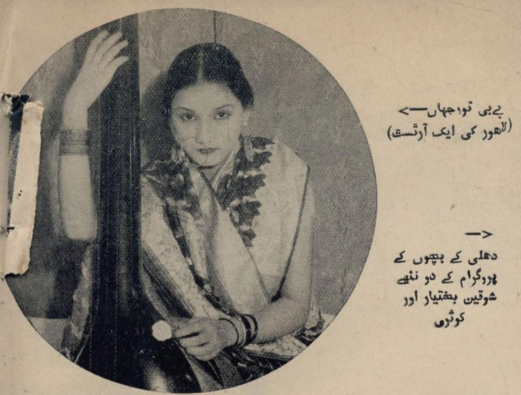
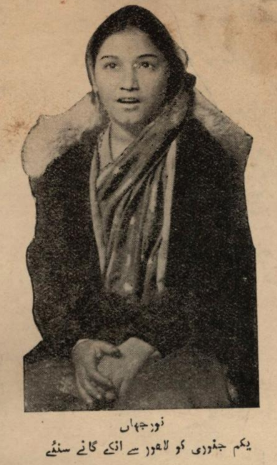
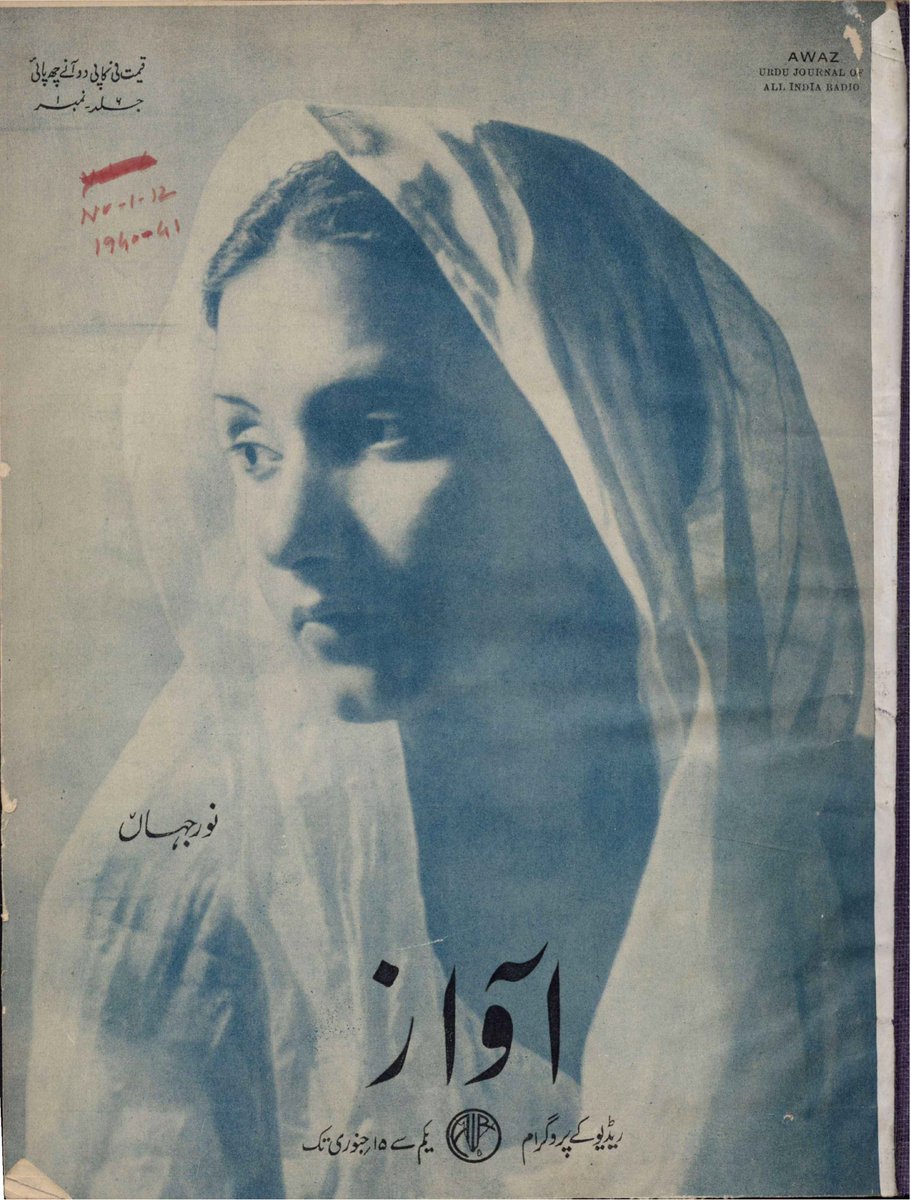
15. Onkar Prasad "O P" Nayyar 1939, 1944, 1946. Outstanding music director whose rhythm-infused songs have lost none of their freshness over the last seven decades.



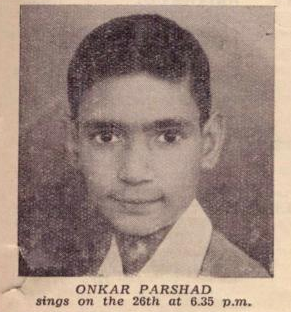

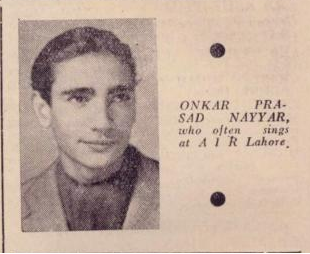
16. Om Prakash 1944. Started his career as a voice artist on AIR Lahore, went on to become the single most recognizable character actor in Bollywood history. Seen here with fellow voice actors Shamlal and Dinanath Zutshi.

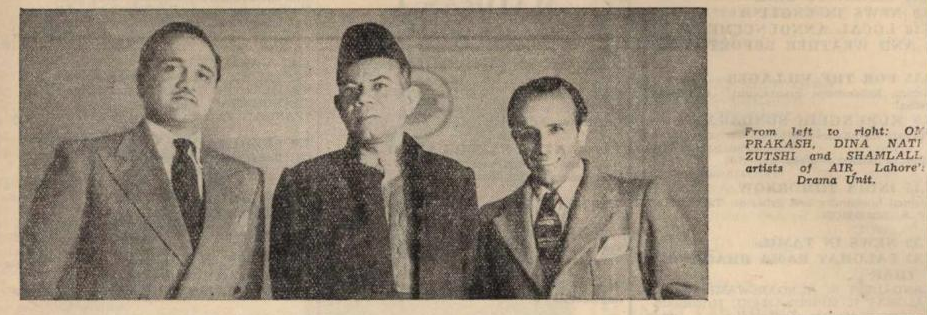
18. Raichand Boral 1940. One of the founding fathers of film music in the sub-continent. As music director in New Theatres Calcutta, he shaped the style of film music to come and laid the foundations of playback singing.


19. Rafi 1943, 1946. In my opinion (which I consider the universal truth) the greatest voice of the 20th century. Started his career at All India Radio Lahore in 1941 at 17 years of age after being discovered by Pt Jivan Lal Muttoo. 

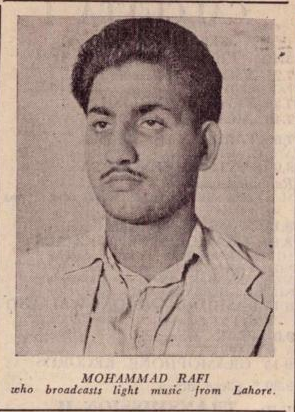
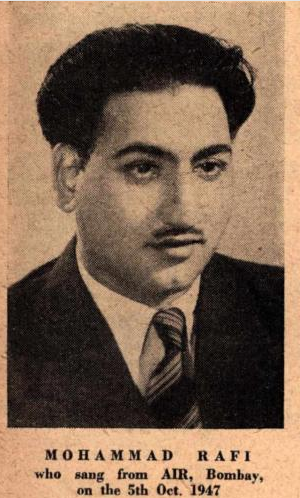
20. Rafiq Ghaznavi 1936, 1940. Dubbed 'The King of the Attayees', one of the most innovative and outstanding music directors of the pre-partition era.


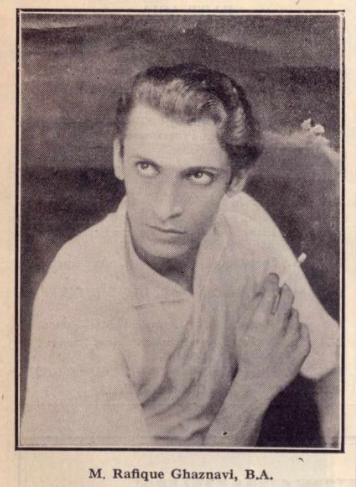

21. Raja Mehdi Ali Khan 1942. Lyricist of great literary merit, formed a winning combination with Madan Mohan to popularize ghazal in Bollywood film music.


22. Rajkumari Dubey 1940. One of the leading playback singers of the 1940s, possessing a deep, rich voice.


23. Roshan (Roshanlal Nagrath) 1944. Music Director responsible for some of the most unforgettable melodies of the 1950s and 1960s, patriarch of the Roshan clan.


24. Sachin Dev Burman 1938, 1939. Started his career as a semi-classical vocalist on AIR, went on to become one of the greatest music directors in Bollywood history.


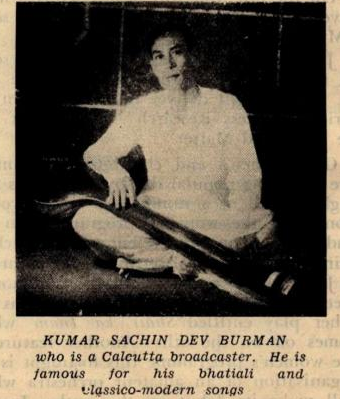

That wraps up the section featuring photos of famous film personalities taken during the 1930s and 1940s. In the next (and most extensive) sections, I'll share photographs of some of the greatest musicians of the 20th century, who were regular broadcasters before partition.
I'll (hopefully) conclude this massive thread with photos of some of the greatest musicians of the 20th Century. I've selected photos of those musicians whose work I'm familiar with, and I'll post each with a brief description and a sample of their work. First, instrumentalists:
1. Ustad Abdul Aziz Khan Beenkar - Patiala Gharana 1937, 1942. Outstanding Vichitra-veena player who taught Ustad Shareef Khan Poonchwalay. His son Abdul Karim Khan was an excellent vocalist who was Rasoolan Bai's ustad.


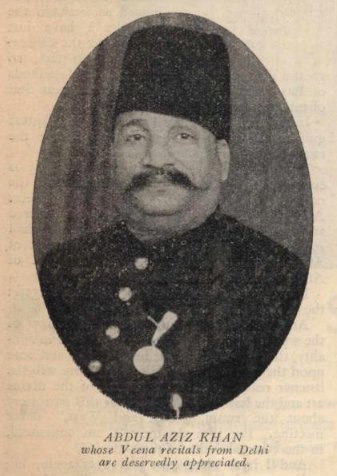

2. Ustad Alamgir Khan, 1940. Clarinet player,learnt classical music from Bhai Lal Muhammad and formed the famous Alamgir Brass Band. His Barsi was one of the most important events in Lahore's musical calendar. Father of Ustad Aurangzeb "Rangi" Khan. No recording survives. 
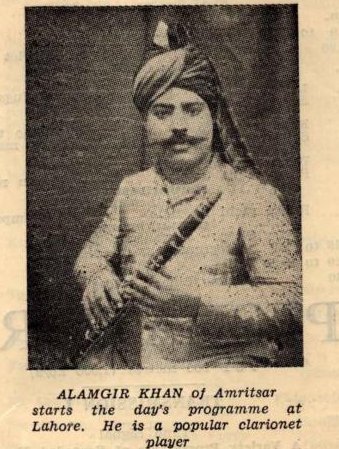
3. Annapurna Devi, 1946. Daughter of Ut Alauddin Khan. Superbly gifted sitar and surbahar player who left precious few recordings. Spent the majority of her life away from the limelight, teaching music to a large number of shagirds.

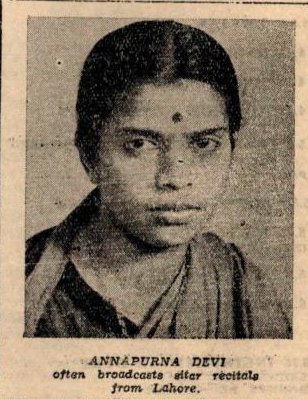
4. Ustad baba Alauddin Khan 1938, 1940. Sarod-nawaz and arguably 20th century's greatest music teacher. ustad of his son Ustad Ali Akbar Khan, his daughter Annapurna Devi, Pt Ravi Shankar, Pt Nikhil Bannerjee, Pt Pannalal Ghosh.


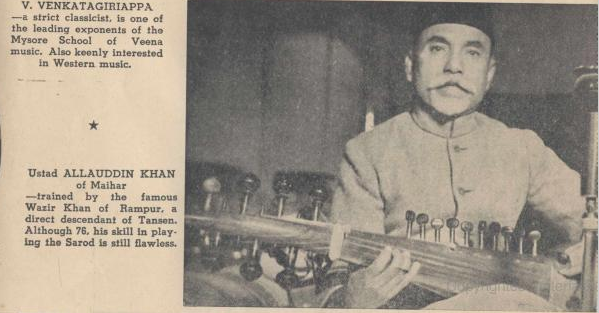

5. Ustad Ali Akbar Khan 1942, 1944. Ustad Alauddin Khan's son and the pre-eminent sarod-nawaz of the 20th century. These photos of young Ali Akbar Khan were taken when he was part of the famous Uday Shankar Orchestra.




6. Ustad Allah Rakha 1940, 1941.Tabla maestro who popularized the instrument internationally.Learnt tabla from Mian Qadir Bakhsh of Punjab gharana and vocal music from Ustad Ashiq Ali Khan of Patiala.These photos haven't been published anywhere else to my knowledge.
@ZakirHtabla

@ZakirHtabla


7. Ustad Baba Malang Khan 1940. Tabla-nawaz of the talwandi gharana. One of the great percussionists of the 20th century. Taught his nephew Ustad Talib Hussain Khan Pakhawaji. No recording survives, and this is the only photo of the Ustad that I have ever come across. 

8. Ustad Bismillah Khan 1938, 1943, 1944. The artist who transformed the Shehnai into a solo instrument. One of the greatest musicians of the last century who achieved widespread acclaim. Pictured with his brother Shamsuddin.






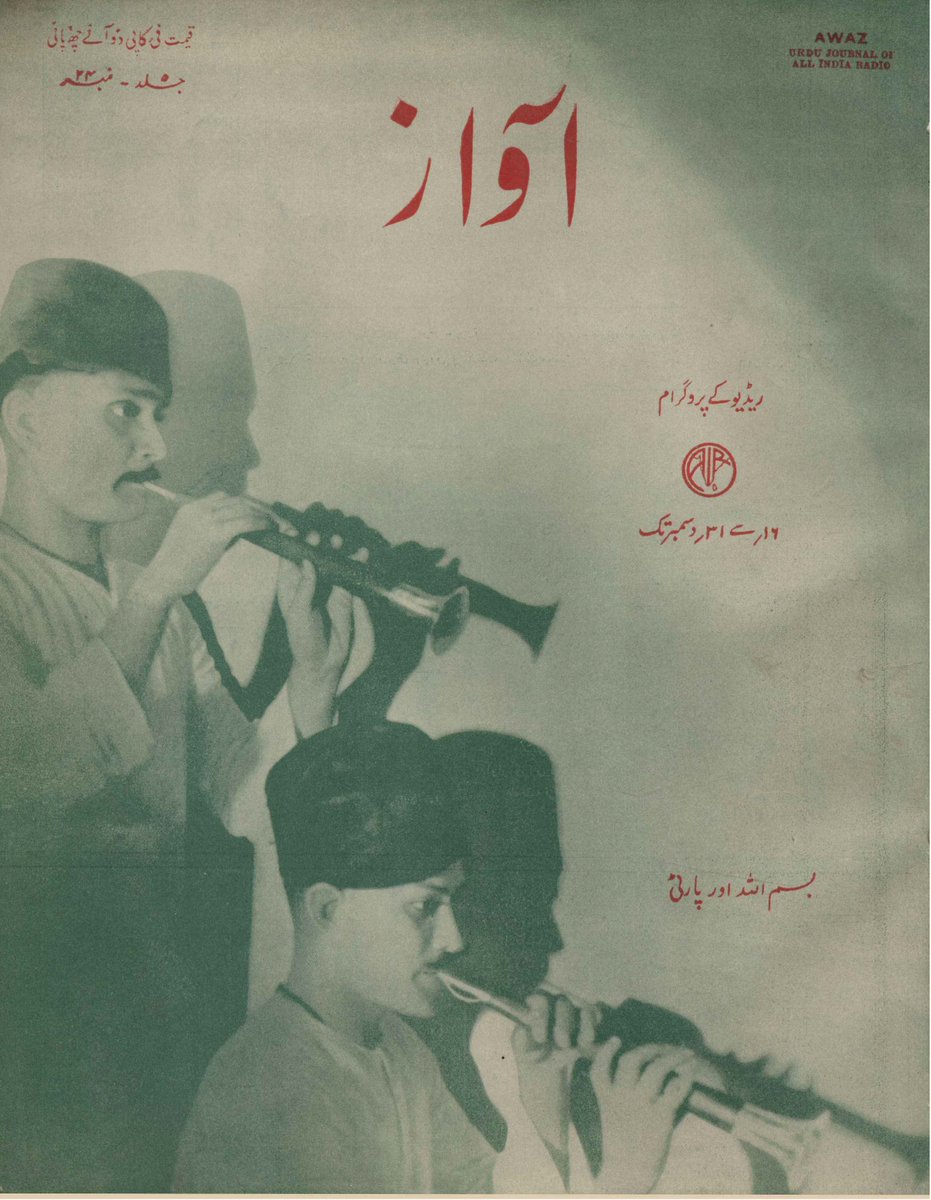
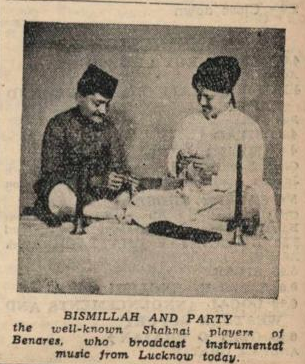
9. Ustad Bundu Khan 1942, 1943, 1944. The greatest sarangi-nawaz of the 20th century. A genius who changed the sarangi from an accompanist's instrument to a bonafide classical center-piece.





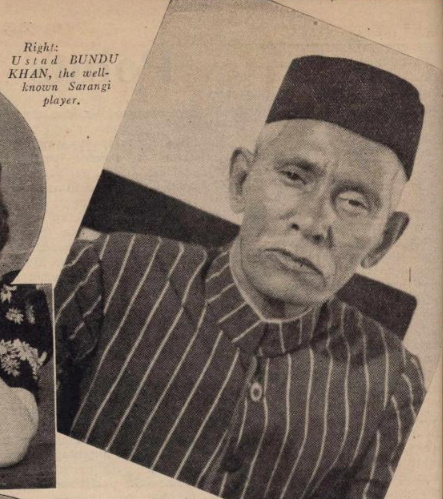
10. Ustad Dabir Khan 1938. Rudra-veena player and vocalist of exquisite lyricism and stateliness, learnt from his grandfather, the legendary Wazir Khan.

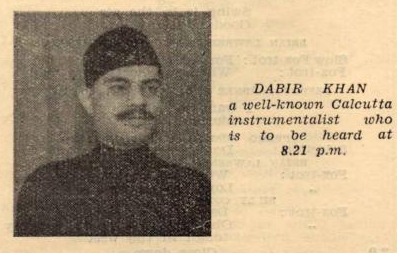
11. Ustad Fateh Ali Khan Patialvi 1940. Sitar-nawaz, winner of the Pride of Performance award, staff artist of All India Radio and Radio Pakistan. Father of Pakistan's acclaimed sitar-nawaz Ustad Nafees Khan.
open.spotify.com/album/0EAzruUc…
open.spotify.com/album/0EAzruUc…
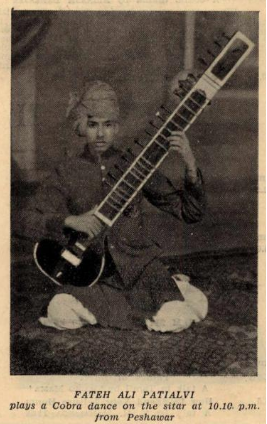
12. Ustad Faqir Habib Ali Khan Beenkar 1937, 1939. Younger brother of Ustad Abdul Aziz Khan, superlative Vichitra-veena player. One of my absolute favorite musicians, he turns the veena into a living, breathing, singing being.


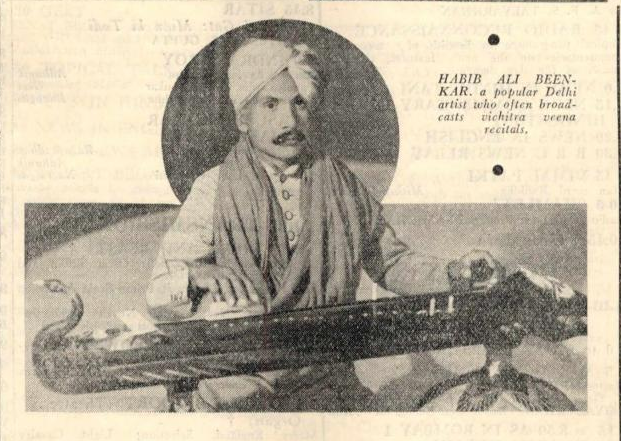
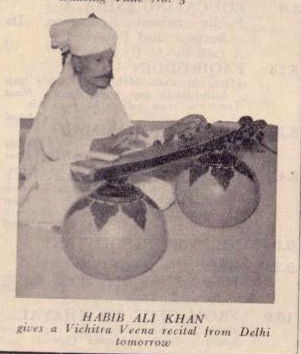
13. Ustad Hafiz Ali Khan Bangash 1936, 1939, 1940. Legendary sarod player, father of Ustad Amjad Ali Khan (@AAKSarod) . His recordings have lost none of their vitality, freshness and superb lyricism over the last half century.



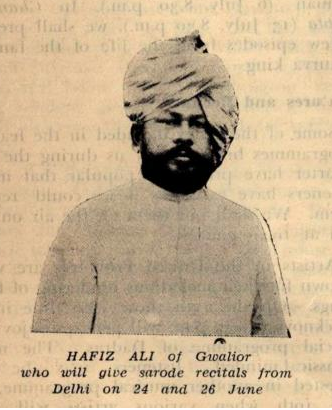
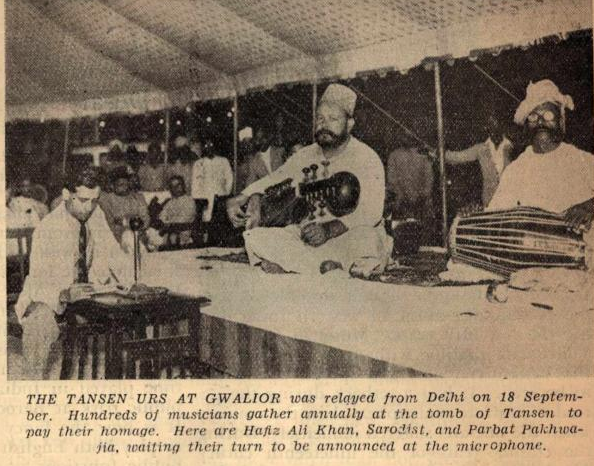

14. Ustad Haider Hussain Khan Jaipur-Senia gharana. 1938, 1940. A stalwart sitar-nawaz of the early 20th century . I have not heard any of his recordings, however he is fondly remembered in the memoirs of many artists as a consummate and highly skilled musician 



15. Ustad Hamid Hussain 1939, 1940, 1942, 1944. Sarangi-nawaz, child prodigy, inventor of musical instruments, one of my favorite artists. The photos show him playing the sarangi, the sarinda, the "Hamidi" and the "Rameshwari"




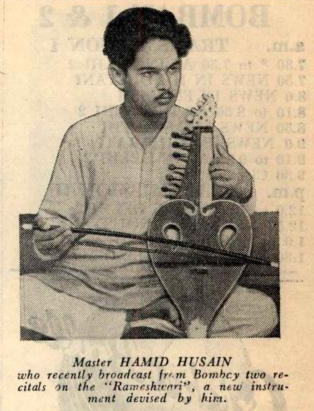

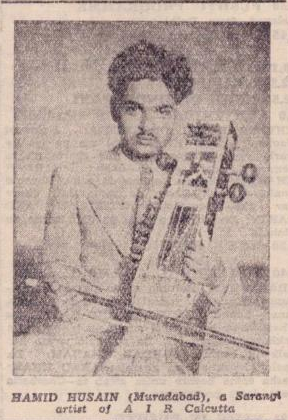

16. Ustad Inayat Ali Khan 1944. Excellent Tabla-nawaz of the Punjab gharana, staff artist of All India Radio and Radio Pakistan Lahore.

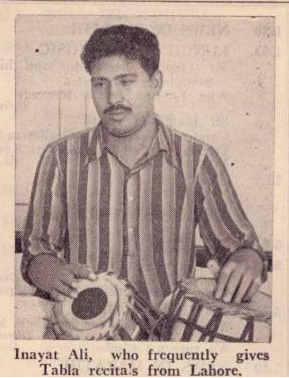
17. Ustad Inayat Ali Huzravi 1937, 1939. Vocalist, sarangi-nawaz, music director of Pushto films, uncle and ustad of the brilliant ghazal singer Ijaz Hussain Huzravi. 

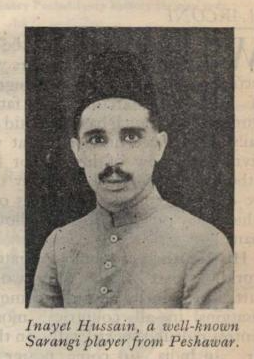
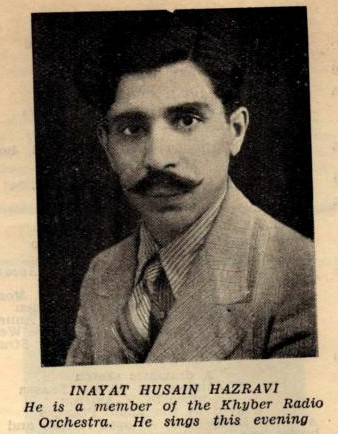
18. Ustad (Prof) Inayat Khan 1938. Legendary Sitar and Surbahar player of the Imdadkhani gharana, father of Ustad Vilayat Khan and Ustad Imrat Khan, one of the most important musicians of the 20th century.

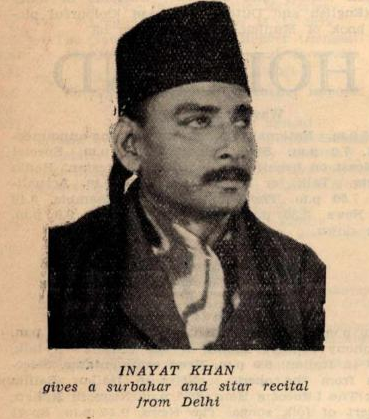
19. Ustad Manzoor Hussain Khan 1945. Clarinet player, staff artist of All India Radio and Radio Pakistan Lahore. His few surviving recordings are wonderfully melodious.

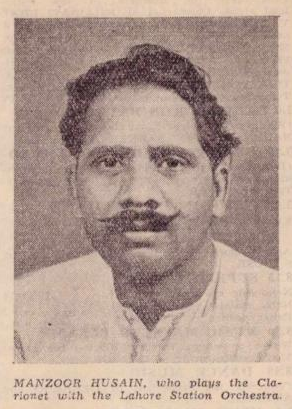
20. Ustad Muhammad Sharif Khan Poonchwaley 1941, 1943, 1945. Pakistan's greatest Sitar player, played vichitraveena as well. An exquisite musician who has left some beautiful recordings. These photos show him at a very young age.
https://t.co/VVIbTA5RR9


https://t.co/VVIbTA5RR9


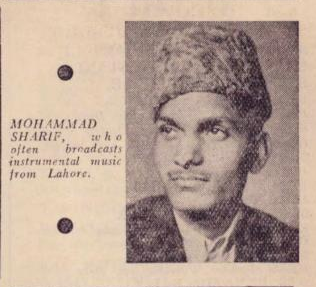
21. Ustad Muhammad Umar Khan 1945. Sarod player of the Lucknow- Shahjahanpur gharana. Sarod player of great stateliness and restraint, played a style unique to his gharana, that is being ably carried on by his son Ustad Irfan Khan.


22. Ustad Mushtaq Ali Khan 1942, 1944. Sitar nawaz of the Rampur gharana, played the 'Masit-khani' baaj heavily influenced by Dhrupad.



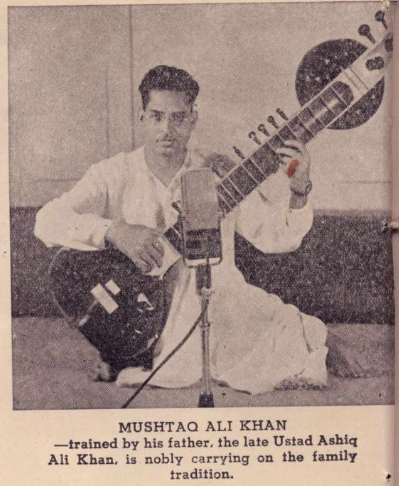
23. Ustad Nazir Hussain Khan 1939. Shehnai player of the Benares gharana. Maternal uncle and ustad of the brilliant Ustad AliAhmed Hussain Khan. This is the only photo of the Ustad that I've come across. 

24. Ustad Pazir Khan 1942. Sarinda-nawaz who took an obscure folk instrument to the concert stage. Exquisitely talented musician and father of the legendary Munir Sarhadi.

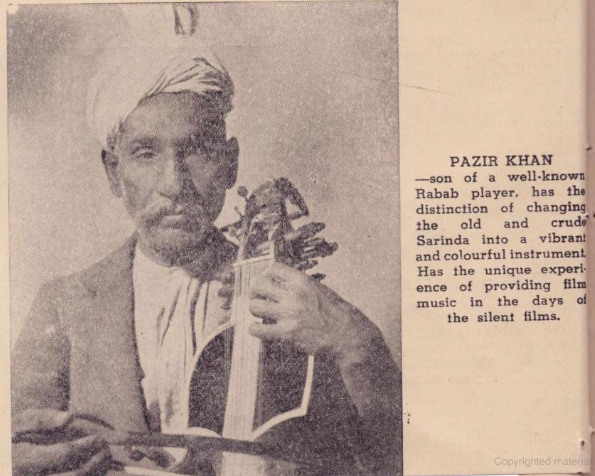
25. Ustad Mian Qadir Bakhsh Khan 1942, 1943.The doyen of the Punjab gharana of tabla-players, ustad of Ut Allah Rakha and Ut Mian Shaukat Hussain Khan among others. I have not seen any photos from his youth/middle age except these.



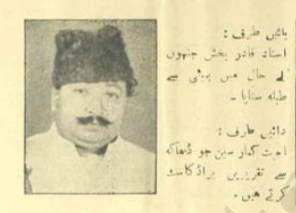
26. Ustad Qudratullah Khan Qanun-nawaz 1942. Probably the only exponent of the ancient instrument Qanun in the subcontinent. 

27. Ustad Sadiq Ali Khan Beenkar 1940, 1941. Outstanding Rudra-veena and Saraswati-veena player of the Rampur gharana. Father of the brilliant Ustad Asad Ali Khan.


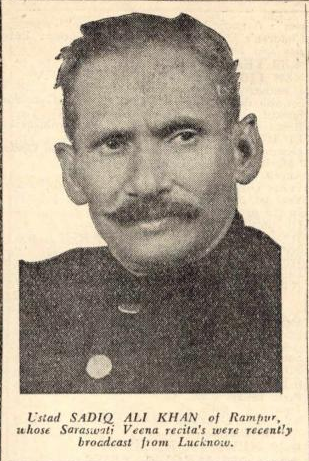

28. Ustad Sadiq Ali Khan Mando 1942. Shagird of Ustad Fateh Ali Khan Qawwal, father of Ustad Ghulam Haider Khan, brilliant clarinet player and a mainstay of Radio Pakistan Lahore for many decades.

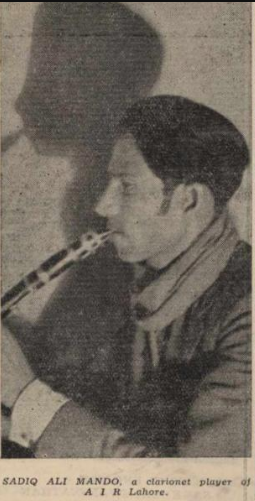
29. Ustad Vilayat Khan 1942. Son of Prof Enayat Khan, one of the greatest musicians of the past century, perfected the gayaki-ang. My favorite classical musician. A lovely photo of the 14 year old Ustad at the cusp of his career.
https://t.co/ec7Vj63oLQ
https://t.co/ec7Vj63oLQ
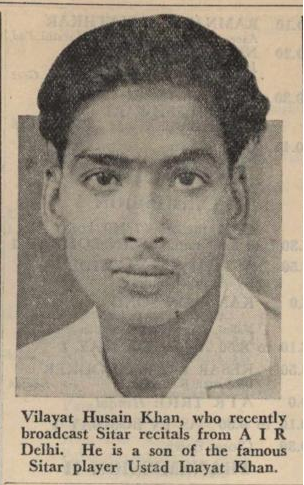
30. Pandit Ravi Shankar 1941, 1942. India's most famous musician, brilliant pupil of Ut Alauddin Khan, introduced the music of the subcontinent to the world, Photos taken when the young musician was part of his brother Uday Shankar's orchestra.


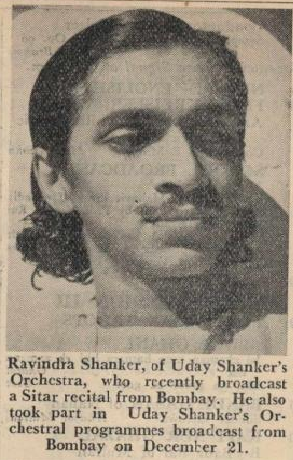
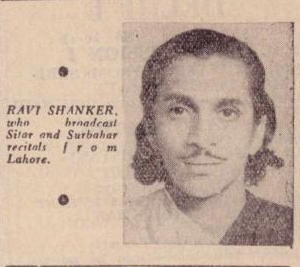
31. Ustad Wajid Hussain Khan 1939. Tabla-nawaz of the Lucknow gharana. Played in the traditional Lucknow 'khula-baaj' style. Taught his son, the brilliant Ustad Afaq Hussain Khan.


32. Ustad Yusuf Hussain Khan 1938, 1944. Superb sitar player of the Kalpi tradition. Came from a family of sitar-players and sitar manufacturers, had a long and illustrious career as a performer and educator.



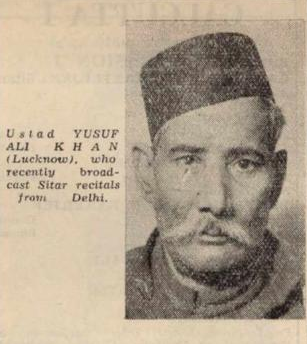
That wraps up the section on instrumentalists. Next up, some of the greatest vocalists of the subcontinent, including many whose photos me and other classical music fans had spent many years searching for.
1. Ali Bakhsh Zahoor 1942, '44. Outstanding light classical vocalist and one of Pakistan's first film playback singers. I love his voice to bits.


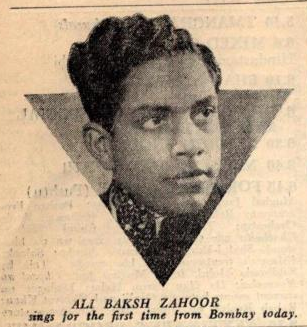
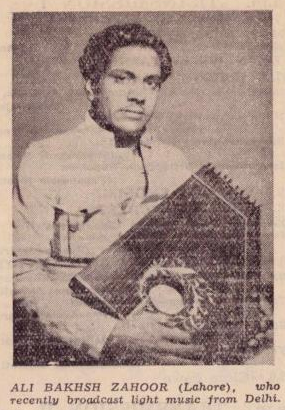
2. Badrbai of Multan 1940, '41. Also recorded as Badrunnisa Multani and Miss Badro Multani. Brilliant Kafi, geet and ghazal singer whose photos I had been seeking for years and years.



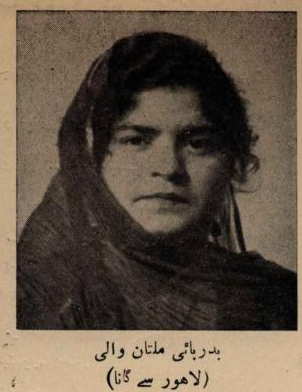
3. Begum Akhtar (Akhtaribai Faizabadi) 1940,'41,'42. The undisputed queen of the ghazal. The young man on her extreme right in the first photo is Ut Hamid Hussain sarangi-nawaz.



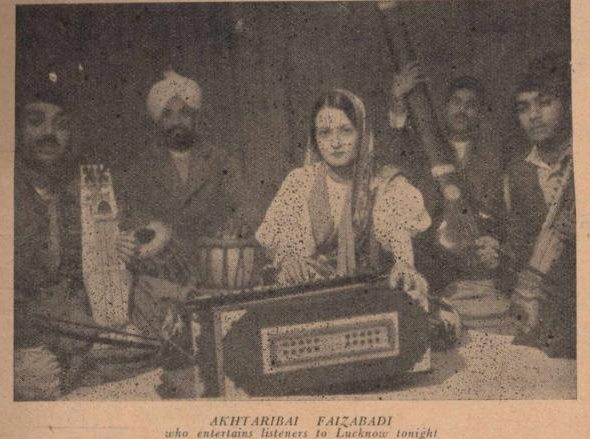

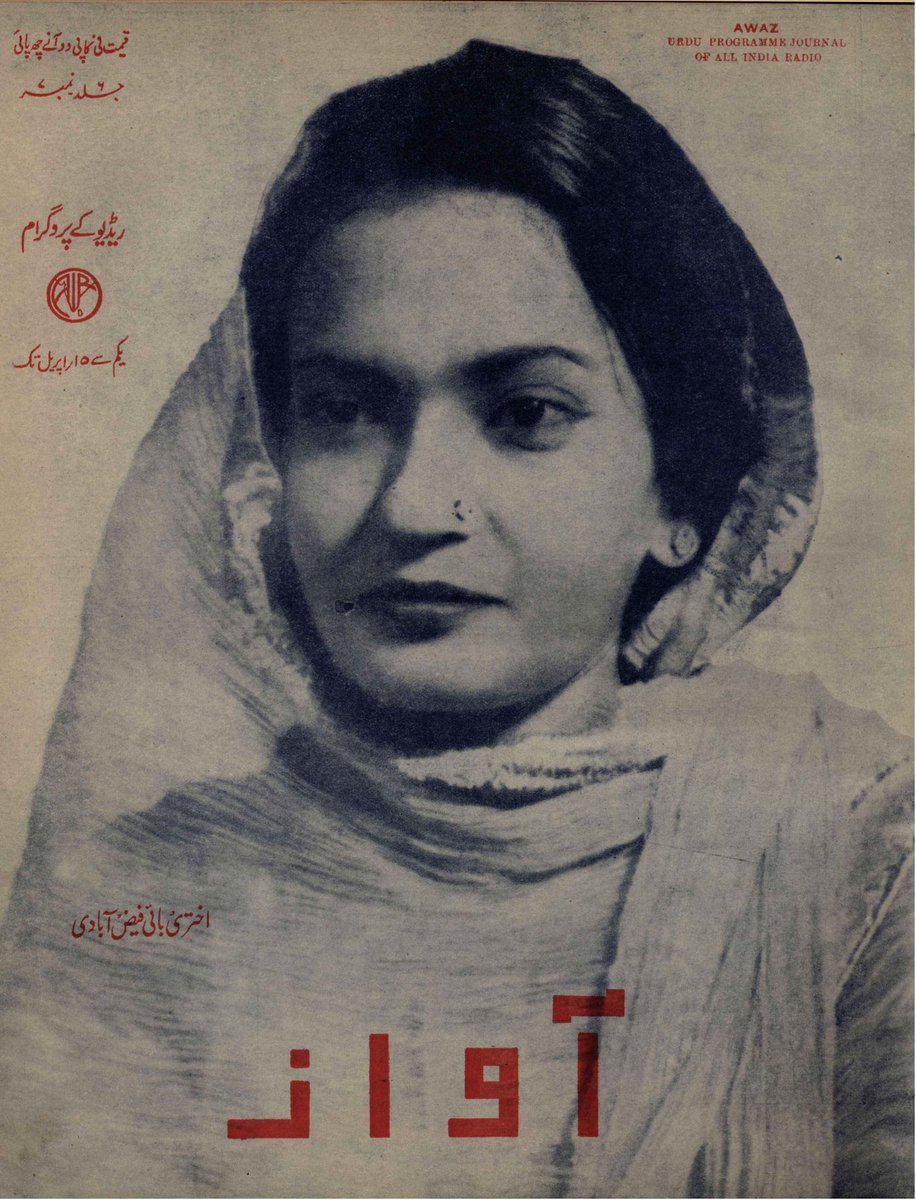
4. Bhai Lal Amritsari 1936,'39,'41,'43. Gwalior stalwart, one of the great voices of the last century. Taught his son Ut Ghulam Hassan Shaggan, Ut Santoo Khan Qawwal, Ut Muhammad Ali Fareedi and many others.




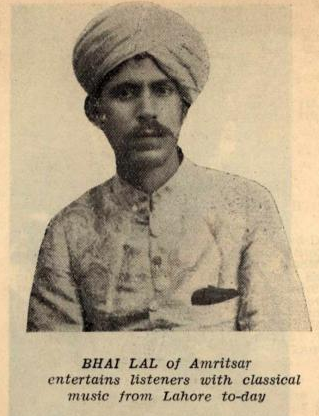

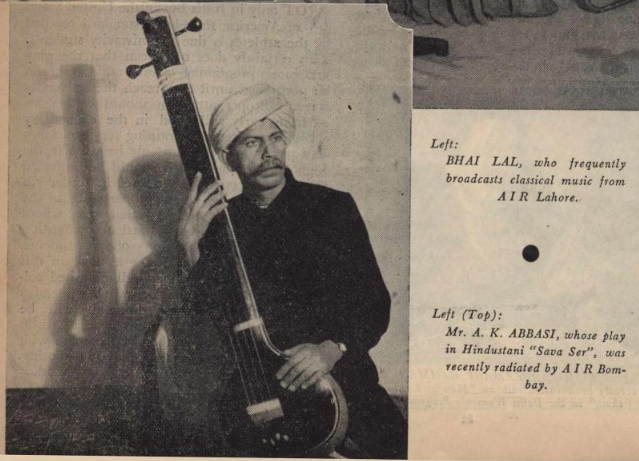

5. Inayatbai Dherowali 1937. Seminal ghazal and light-classical singer of the early 20th century. Ut Bade Ghulam Ali Khan started his career as her sarangi accompanist. Only photo of hers that I've ever come across.


6. Khursheedbai Hujruwali 193٨. Outstanding ghazal/ligh-classical singer. Has the distinction of being Iqbal (RA)'s favorite singer, and the first one to set his legendary poetry to music.

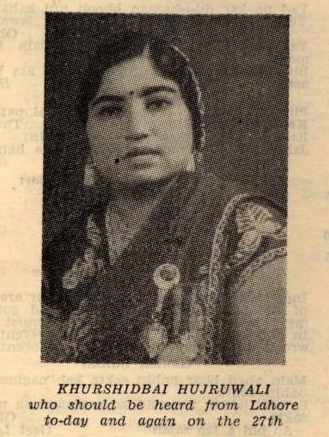
7. Malika Pukhraj 1939,'40,'41,'42. Court singer of Jammu, mother of Tahira Syed and outstanding ghazal singer. I love the enigmatic half-smile Malika Pukhraj wears in these early photos.






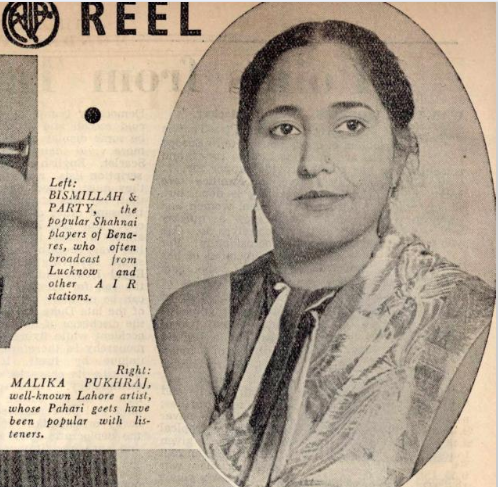

8. Master Madan 1942. The child prodigy to end all child prodigies, almost supernaturally gifted boy-singer who died the same year this photo was taken. I haven't come across this superb portrait of his before.

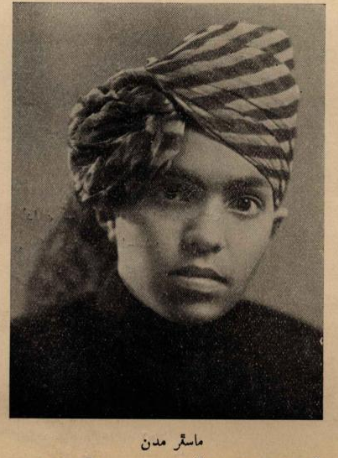
9. Muhammad Hussain Nagina 1939. Master of the harmonium, one of the earliest ghazal-singing superstars of the last century. This is the only photo of the legendary singer that I've seen anywhere.


10. Mujaddid Niazi 1937, 1945. Popular ghazal singer from Lucknow who did away with the overly ornamental style popular at the time and gave ghazal-singing a light, breezy, lyrical touch.




11. Mukhtar Begum 1936, 1939. Leendary actress, singer, dancer. Wife of Agha Hashr, elder sister to Farida Khanum, trained Naseem Begum in the art of singing, taught Rani Begum the art of dance.


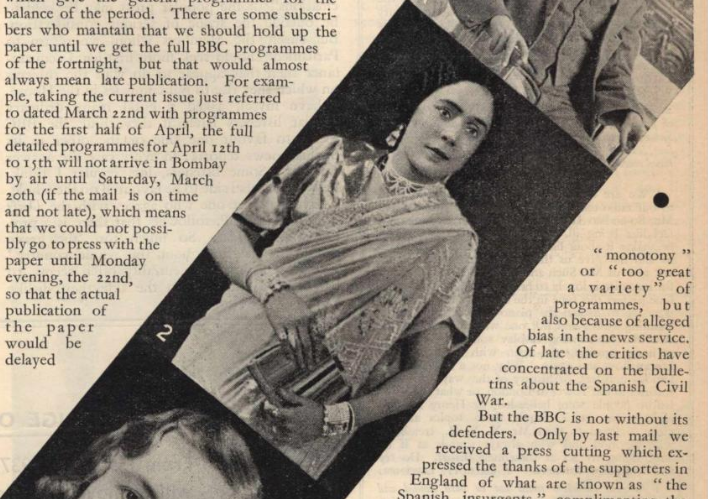

13. Rasoolan Bai 1939,'40,'42. One of the queens of Thumri-singning, possessed a full-bodied, hefty voice and sang outstanding purab-angg thumris.



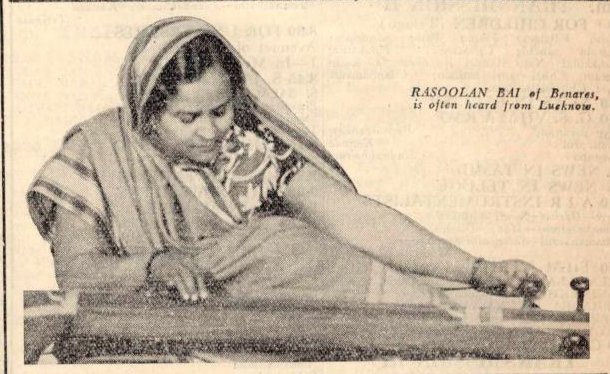

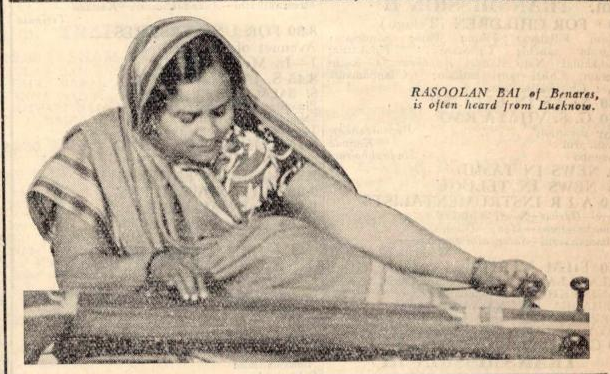
14. Malika e Mauseqi Roshanara Begum 1936, '38, '40. Ustad Abdul Karim Khan's finest pupil, brilliant exponent of the Kirana gharana, one of the greatest voices of the last century.





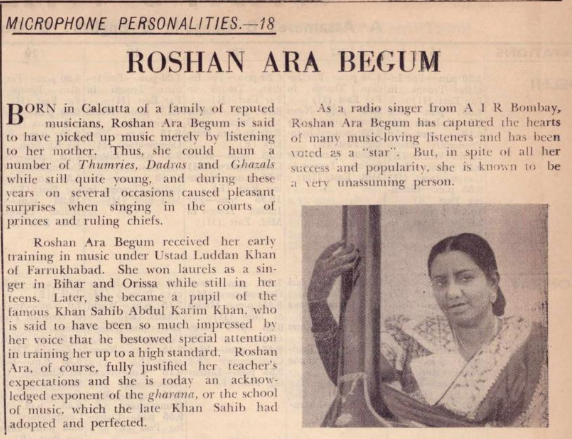
15. Shanti Hiranand 1946, '47. Begum Akhtar's greatest shagird, the torchbearer of her distinct ghazal-singing style and a wonderful raconteur.


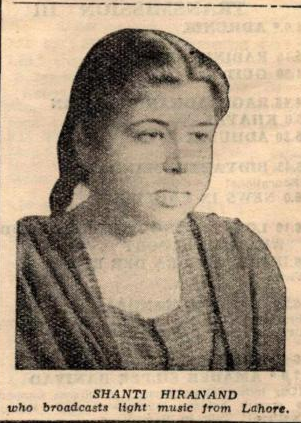
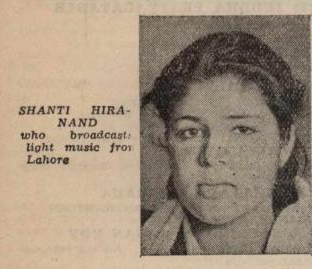
16. Sharif Ghaznavi 1943, '44. A legendary reciter of Waris Shah's Heer, one of the important cultural figures of Lahore at the time of partition. Has left only one known recording, that too with his voice ravaged by time.


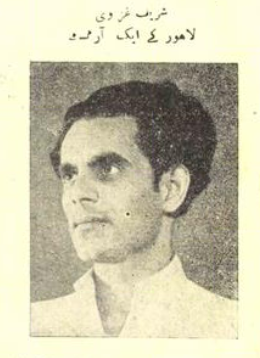

18. Ustad Abdul Karim Khansahib 1937, '38,'39. The greatest voice I've ever heard, period. The final photo is an image of a bust created in memory of the late Ustad a few months after his passing.




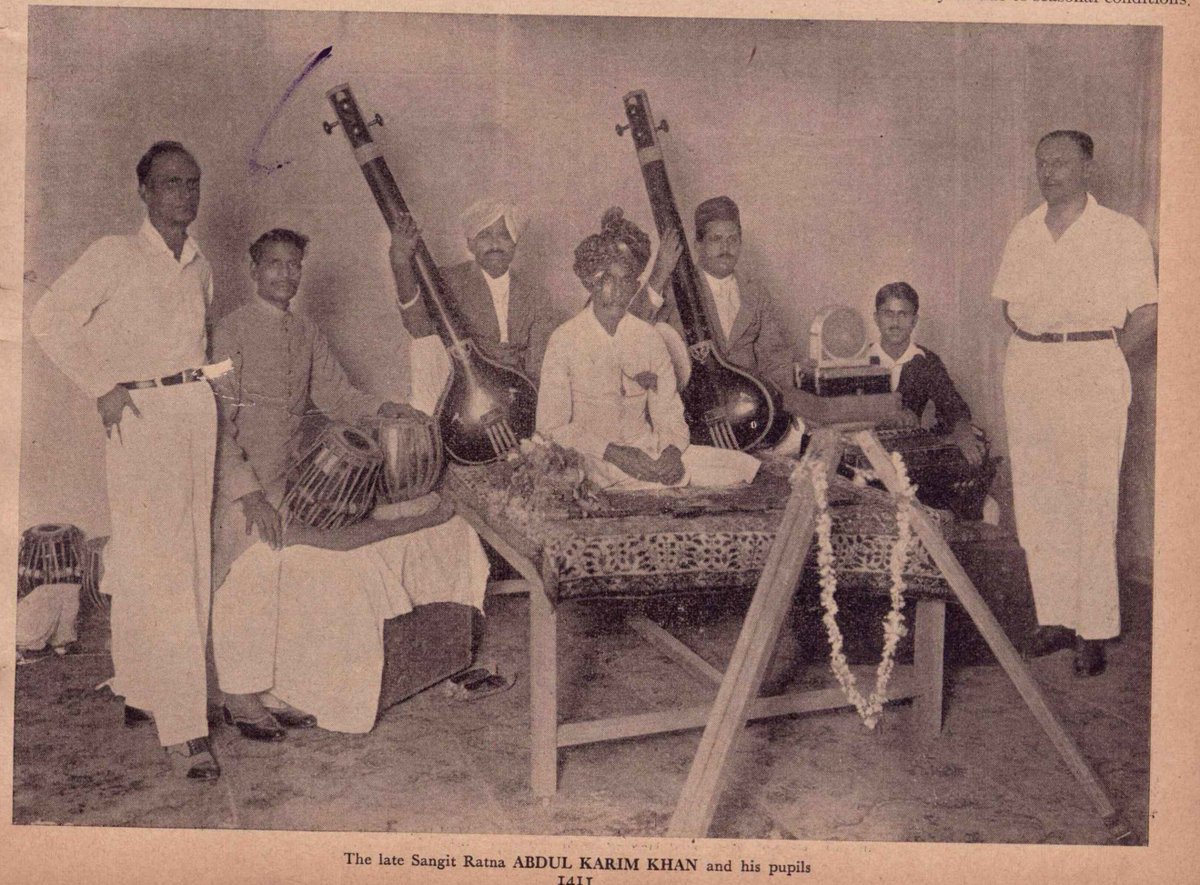

19. Ustad Abdul Wahid Khan 1942, '43, '44. Doyen of the Kirana gharana whose renditions were grand, stately and detailed expositions of Raag at measured pace.




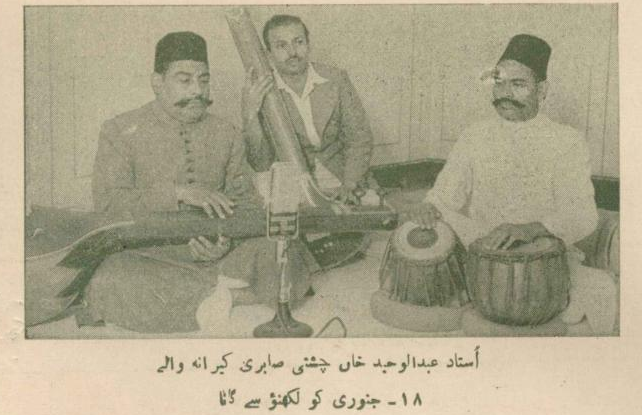
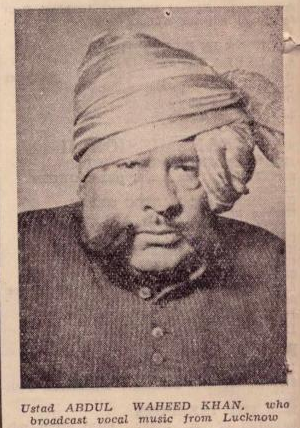
20. Ustad Akhtar Hussain Khan 1939. Son of 'Jarnail' Ali Bukhsh Khan, the founder of the Patiala Gharana, father of Ustad Amanat Ali-Fateh Ali Khan, arguably the gharana's greatest exponents.


21. Ustad Amir Khan of Indore 1943, '44. Superlative singer who established his own gharana single-handedly and influenced generations of artists to come. One of my favorite artists.




22. Ustad Asad Ali Khan of Agra 1937, '39. One of the true successors of Ustad Faiyyaz Khan's Agra gharana, and its only exponent in Pakistan. One of my favorite artists.



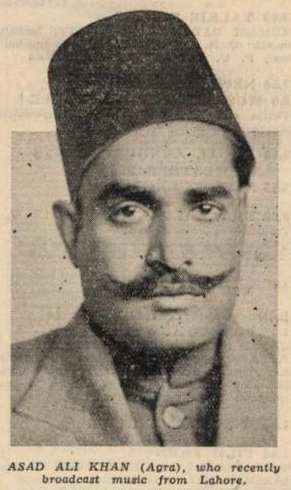
23. Ustad Ashiq Ali Khan of Patiala 1943. Son of 'Karnail' Fateh Ali, one of the founders of the Patiala Gharana. Mercurial, superbly talented singer and Ustad of among others Farida Khanum and Ustad Sarahang.

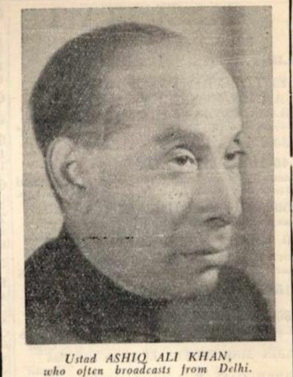
24. Ustad Azmat Hussain Khan of Khurja Gharana 1936. Superb exponent of a lesser-known singing style derived from the Khurja, Jaipur and Agra traditions.


25. Ustad Barray Ghulam Ali Khan 1938, '42. Blessed with a miracle of a voice, the greatest classical singer of the 20th century.


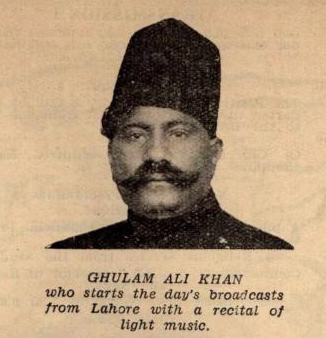

26. Ustad Barkat Ali Khan 1938, '40. Revolutionary ghazal singer who brought ghazal to the forefront of subcontinental music by merging the classical style with the thumri angg.



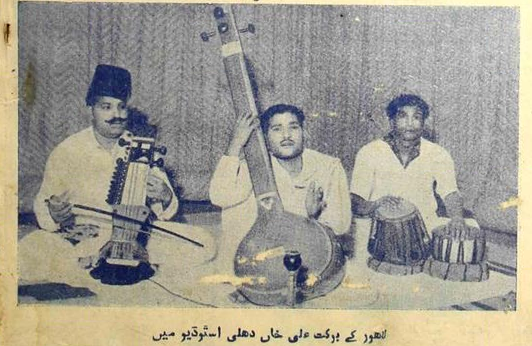
27. Ustad Chand Khan, Delhi Gharana 1940, '41. Singer and musicologist who taught many illustrious shagirds and wrote a number of seminal texts on classical music theory.



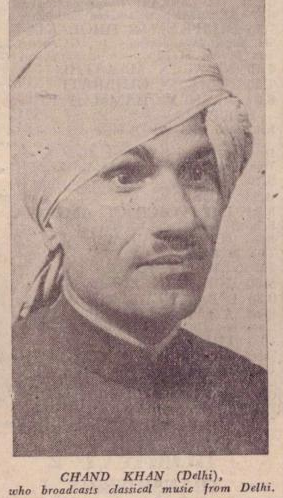
28. Ustad Chhotay Ghulam Ali Khan 1940, 41. Legendary exponent and teacher, trained many esteemed shagirds and performed with gusto till the end of his life. I love these photos of the young, dashing Ustad.


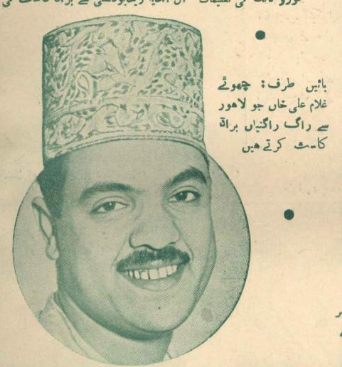

29. Aftab-e-Mausiqi Ustad Fayyaz Khansahib of the Agra gharana1940,'42, '47. One of the seminal and most influential vocalists of the 20th century, regal in his demeanor and singing style.



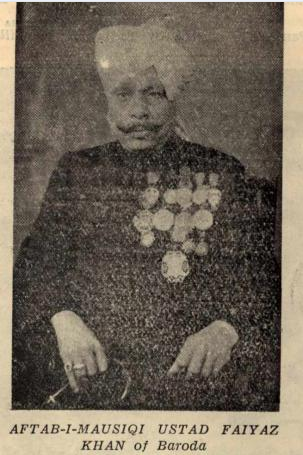

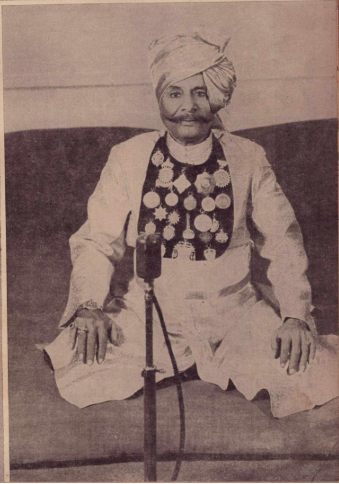
30. Ustad Mashooq Ali Khan 1944, '46. Outstanding ghazal and light-classical singer, superlative soz-khwan, used to recite Iqbal's kalam with great gusto.




31. Ustad Mubarak Ali Khan 1941. Younger brother of Ut Barray Ghulam Ali Khan & Ustad Barkat Ali Khan, light-classical singer, actor in early Indian cinema and music director in the 1940s.


32. Ustad Mushtaq Hussain Khan 1942, '43. A great luminary of the Rampur gharana, his singing is characterized by an effortlessness that belies his great talent. Ustad of Pt Bhimsen Joshi and many others, a true master of khayal.




33. Ustads Nasir Aminuddin Khan and Nasir Moinudiin Khan Dagar, 1944. The 'Senior' Dagar brothers, undisputed masters in the 'Dagar-bani' dhrupad style. Revived and propogated an ancient art, turning it into a vibrant musical style



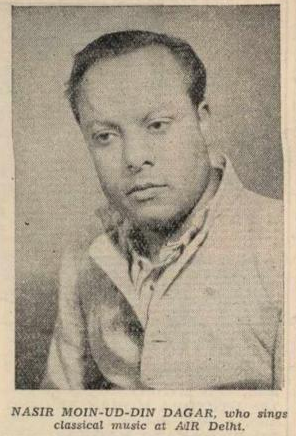
34. Ustad Niaz Hussain Shami 1945. Doyen of Sham Chaurasi gharana, musicologist and music directorimparted training to Nazakat Ali-Salamat Ali, Riaz Ali-Imtiaz Ali and Akhtar Ali-Zakir Ali.
sarangi.info/vocal/shami/
sarangi.info/vocal/shami/

35. Ustad Nissar Hussain Khan 1937, '39. Master vocalist of the Rampur-Seheswan gharana, ustad of Ut Ghulam Mustafa Khan, Ut Rashid Khan and others. His tarana-gayeki is unmatched.


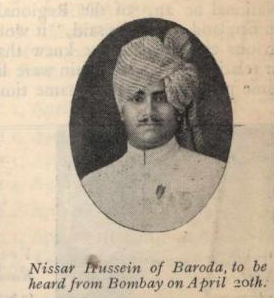
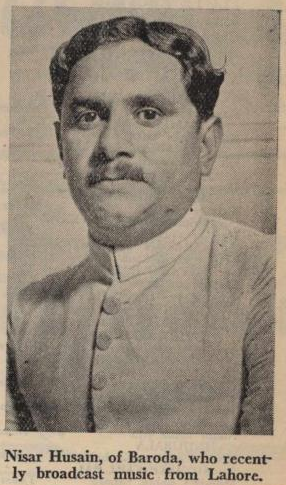
36. Ustad Rahimuddin Khan Dagar 1943. Wonderful dhrupad-singer and teacher of extraordinary talent and a wonderfully sweet voice, possessed knowledge of hundreds of ancient bandishes and texts.


37. Ustad Rajab Ali Khan 1937, '39. Legendary Kirana gharana vocalist who also used the Jaipur-Atrauli style in his singing. Known for his superlative taans, youthful and powerful tayyari and robust voice.




38. Ustad Ramzan Khan 1936, '38. Doyen of the Delhi Gharana, trained a large number of shagirds. Along with Ustad Sardar Khan, the greatest exponent of the Delhi gharana style in the 2nd half of the 20th century.




39. Ustads Nazakat Ali Khan - Salamat Ali Khan 1946. A truly special photograph of the two legendary Ustads in their early teens. Together they defined the Sham Chaurasi style in the 20th century, achieving universal acclaim

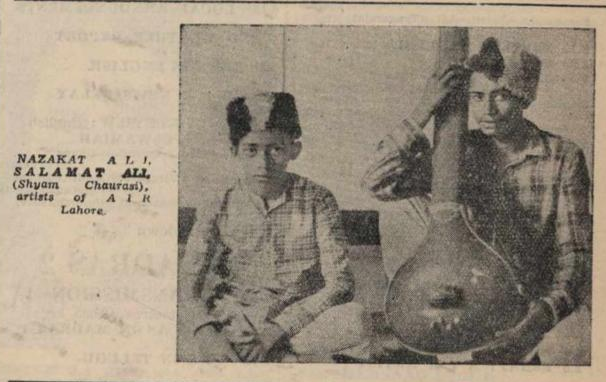
40. Ustad Tasadduq Hussain Khan 1939, '41. A master vocalist of the Agra Gharana, known as a repository of bandishes and texts. Imperious performer who 'dueled' with many leading vocalists of his day.




41. Ustad Umeed Ali Khan 1936, '38, '40, '47. Legendary Gwalior gharana vocalist, one of Pakistan's greatest singers and a personal favorite. His 'Darbari' is the type specimen of the raag for me.





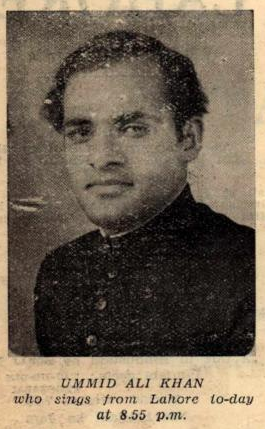

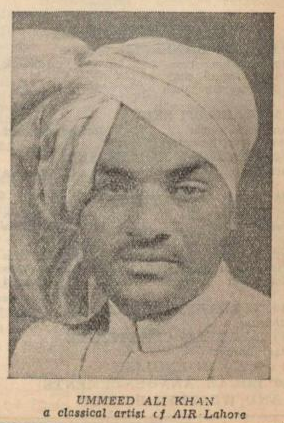
42. Ustad Umrao Bundoo Khan 1944, '46. Son of Ut Bundoo Khan, wonderful sarangi player and excellent khayal-singer. Repository of Delhi gharana bandishes and prolific teacher.




43. Zamiruddin Khan 1936. Acclaimed as the 'Emperor of Thumri' possessing a sweet, mellifluous voice, a worthy successor to Moizuddin Khan, one of the very few great male thumri singers and a bona-fide star of the 1920s and 1930s.

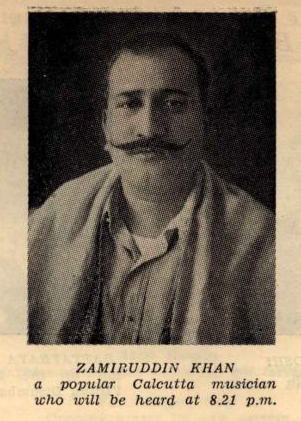
And that wraps up this massive thread. I've collected hundreds of other photos, but they're either of personalities that I'm not very knowledgeable about, are too obscure, and some that I've decided to keep to myself in a very Smaug-like display of collector's envy. Finally...
...if you've read this far (a testament to your resilience), why not take a look at @dreamjourneyflm , a growing repository of some of the finest traditional music from Pakistan. Cheers, Eid Mubarak !
youtube.com/c/TheDreamJour…
youtube.com/c/TheDreamJour…
. @sohailabid @mohammedhanif Here's a legendary Heer reciter who was very popular in the 1940s. The tarz he uses is a variation on the traditional tune.
• • •
Missing some Tweet in this thread? You can try to
force a refresh





